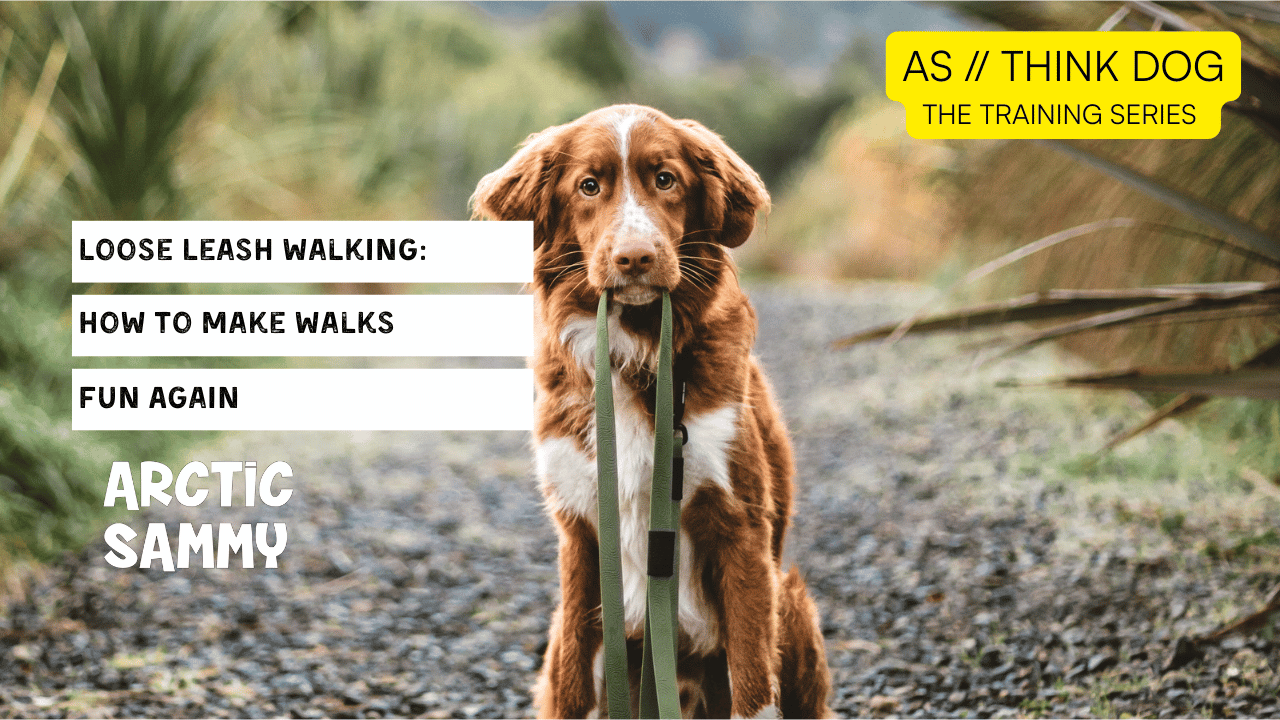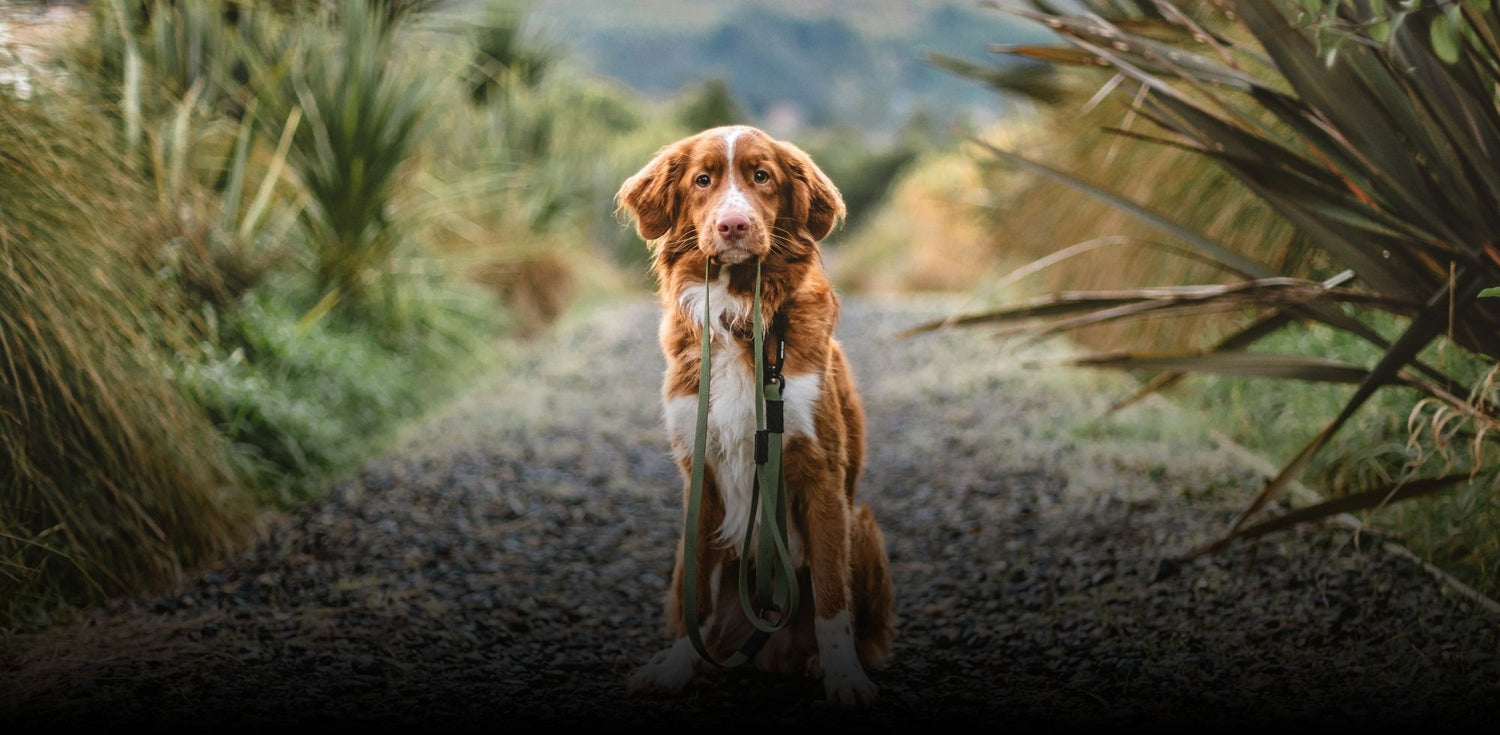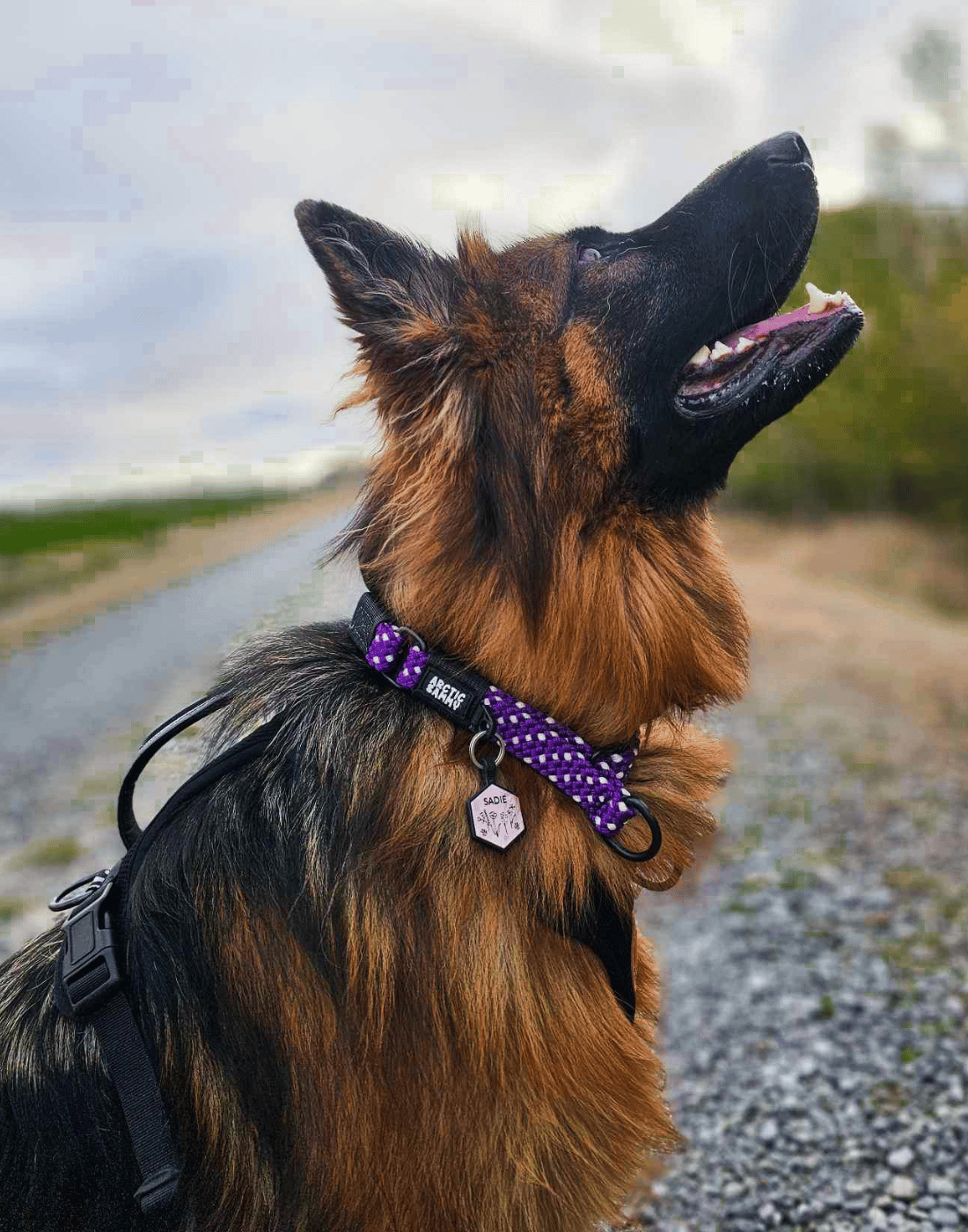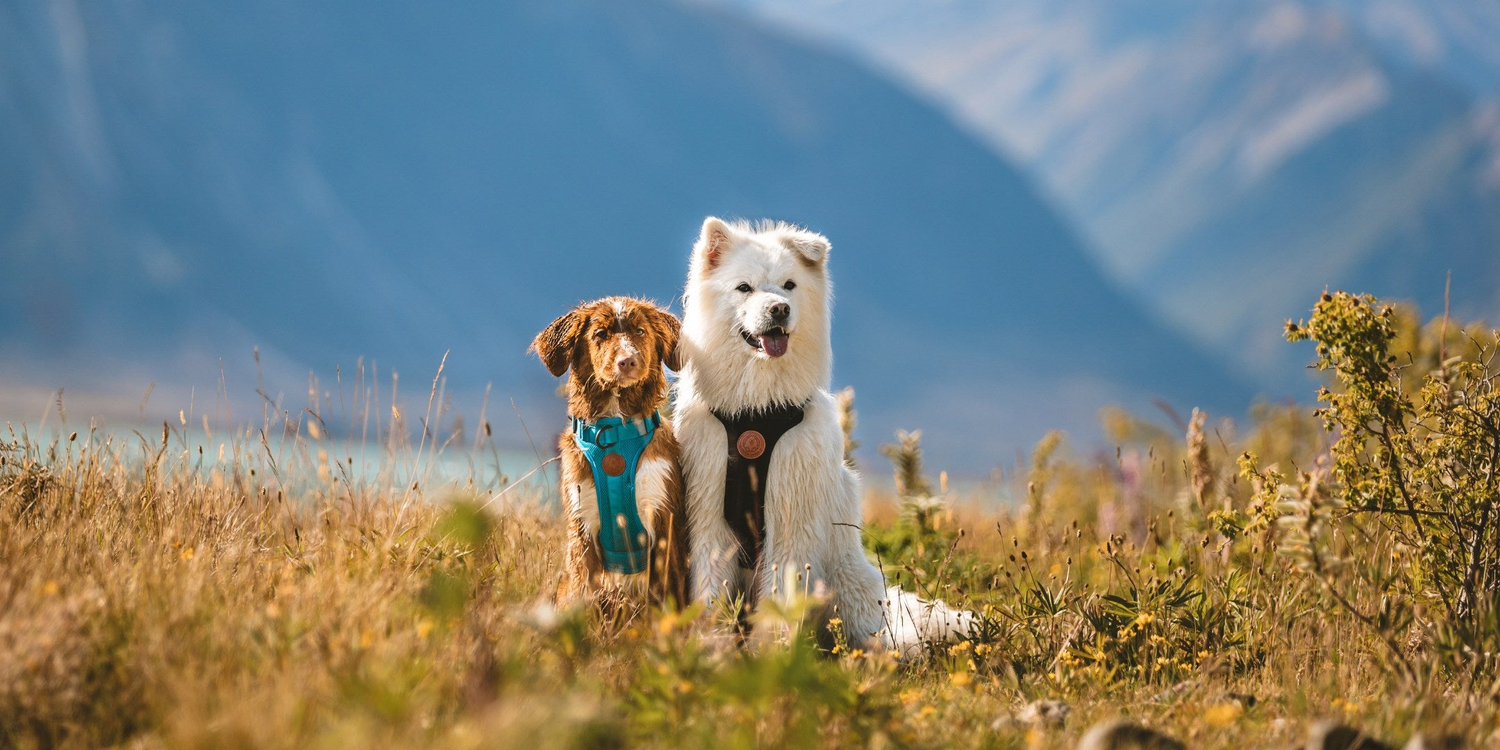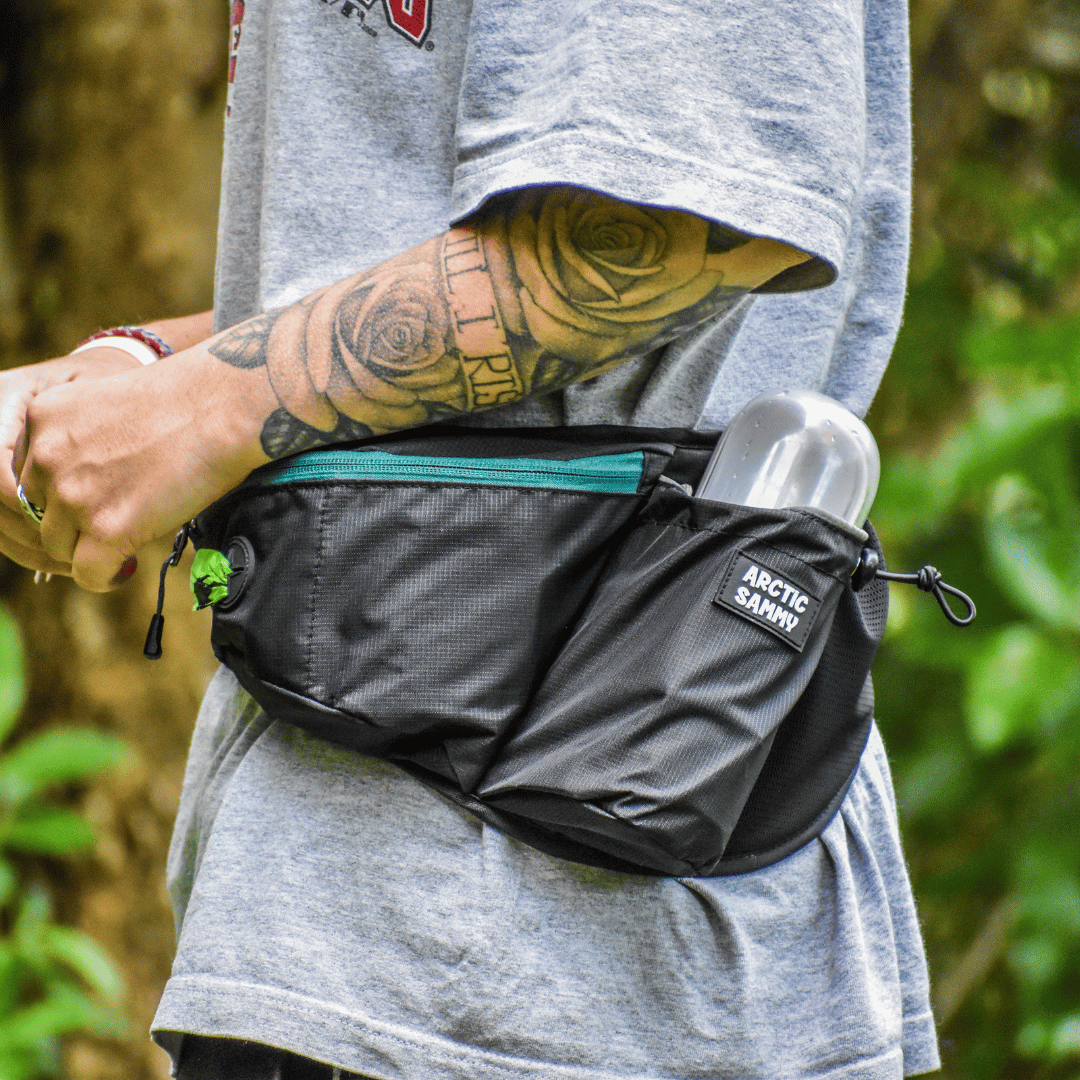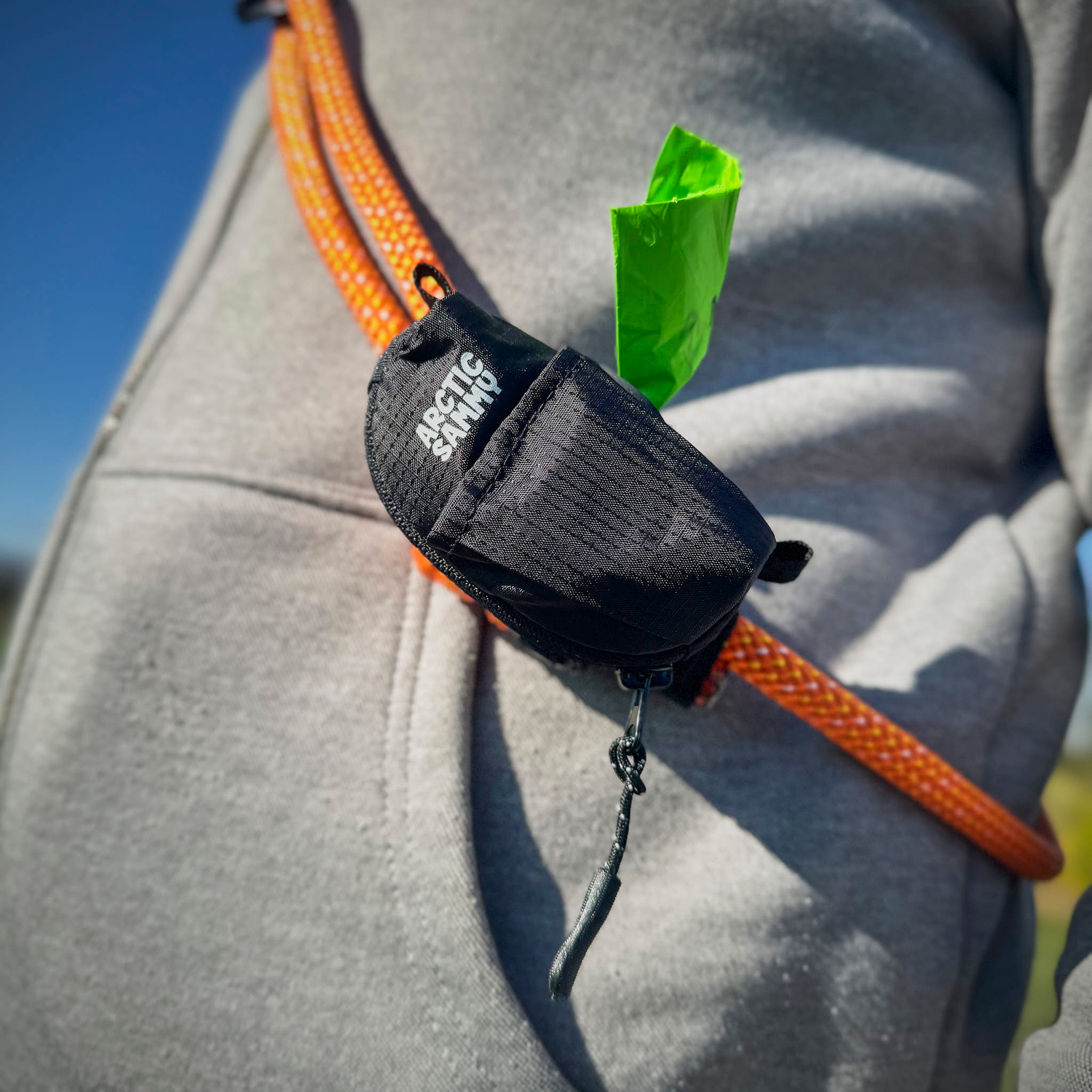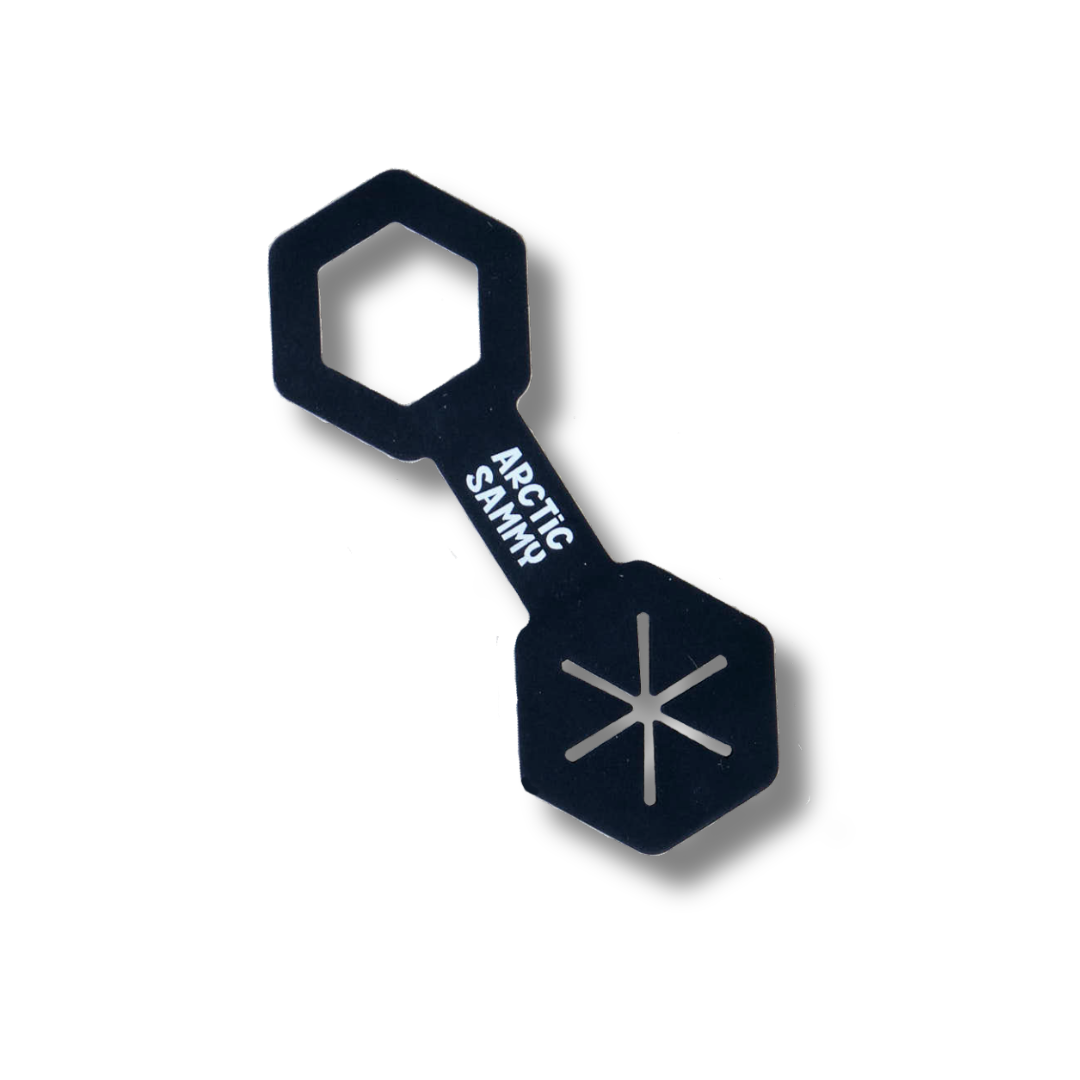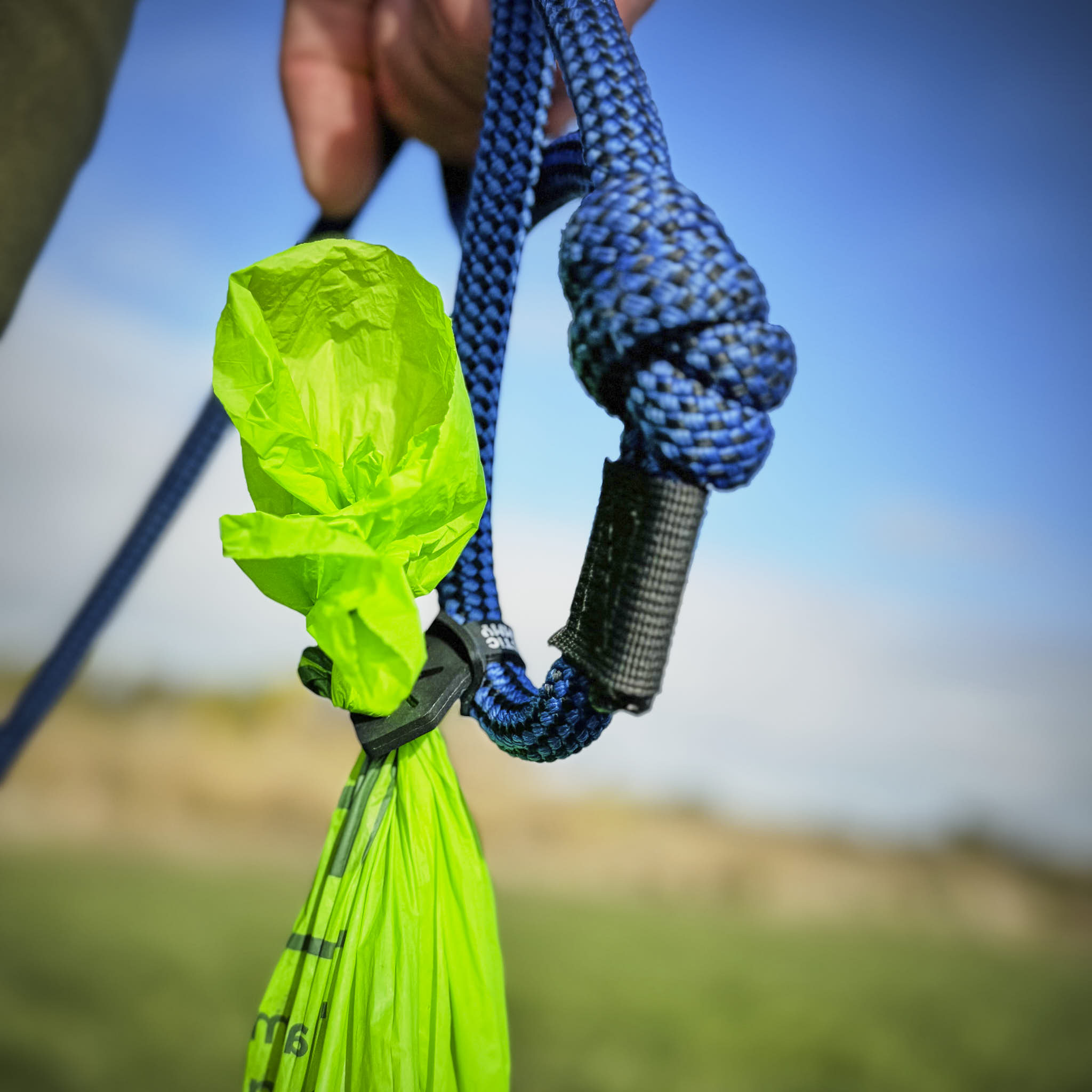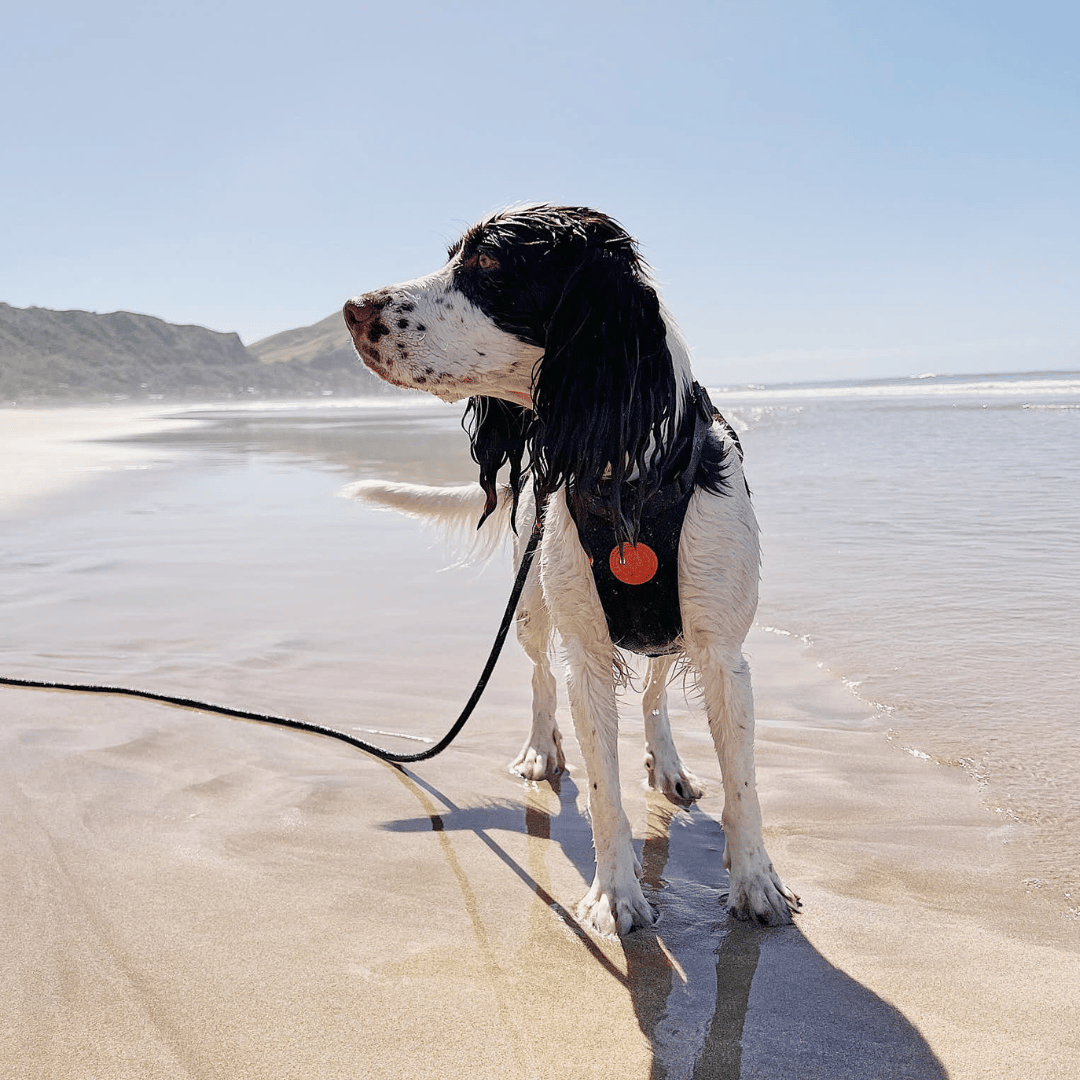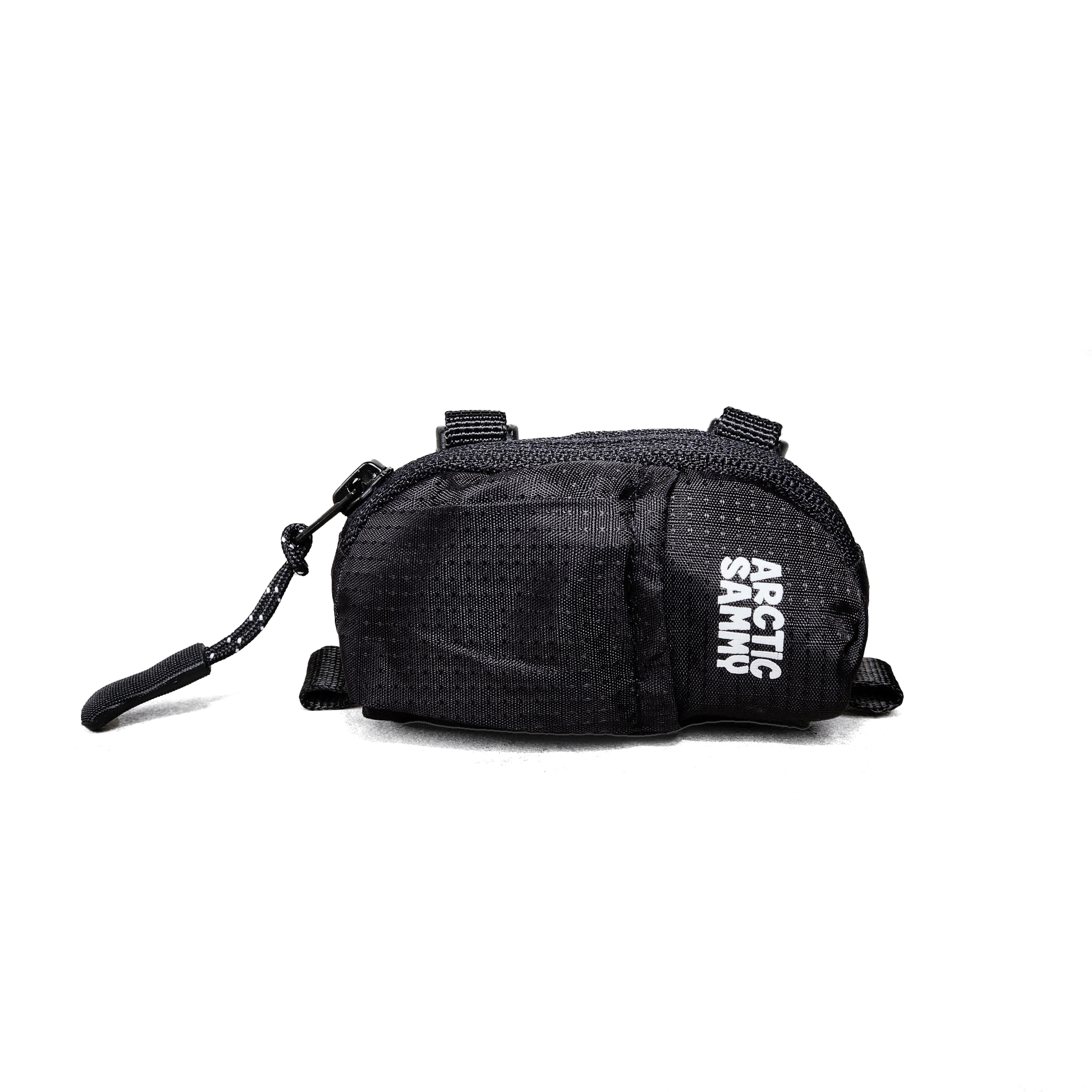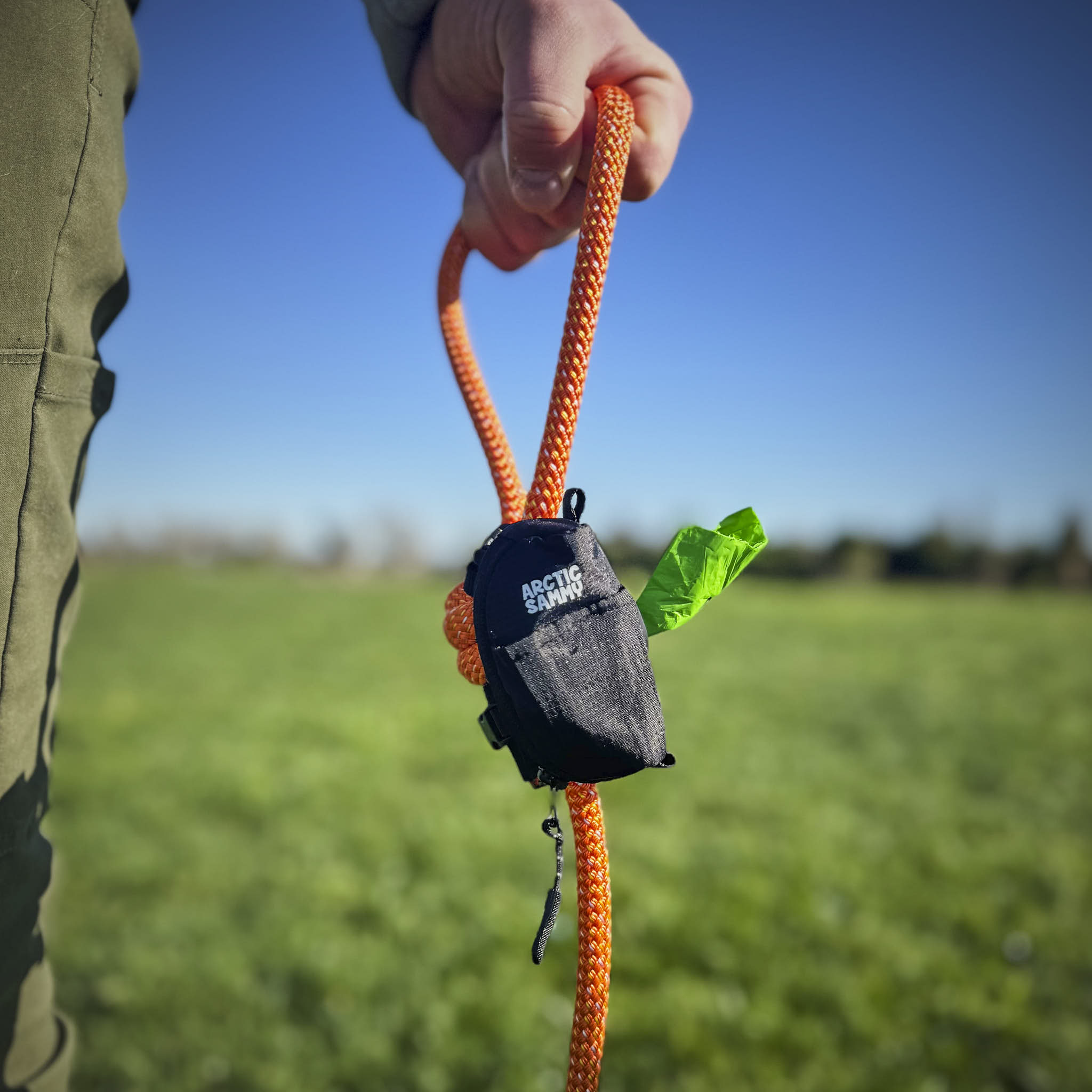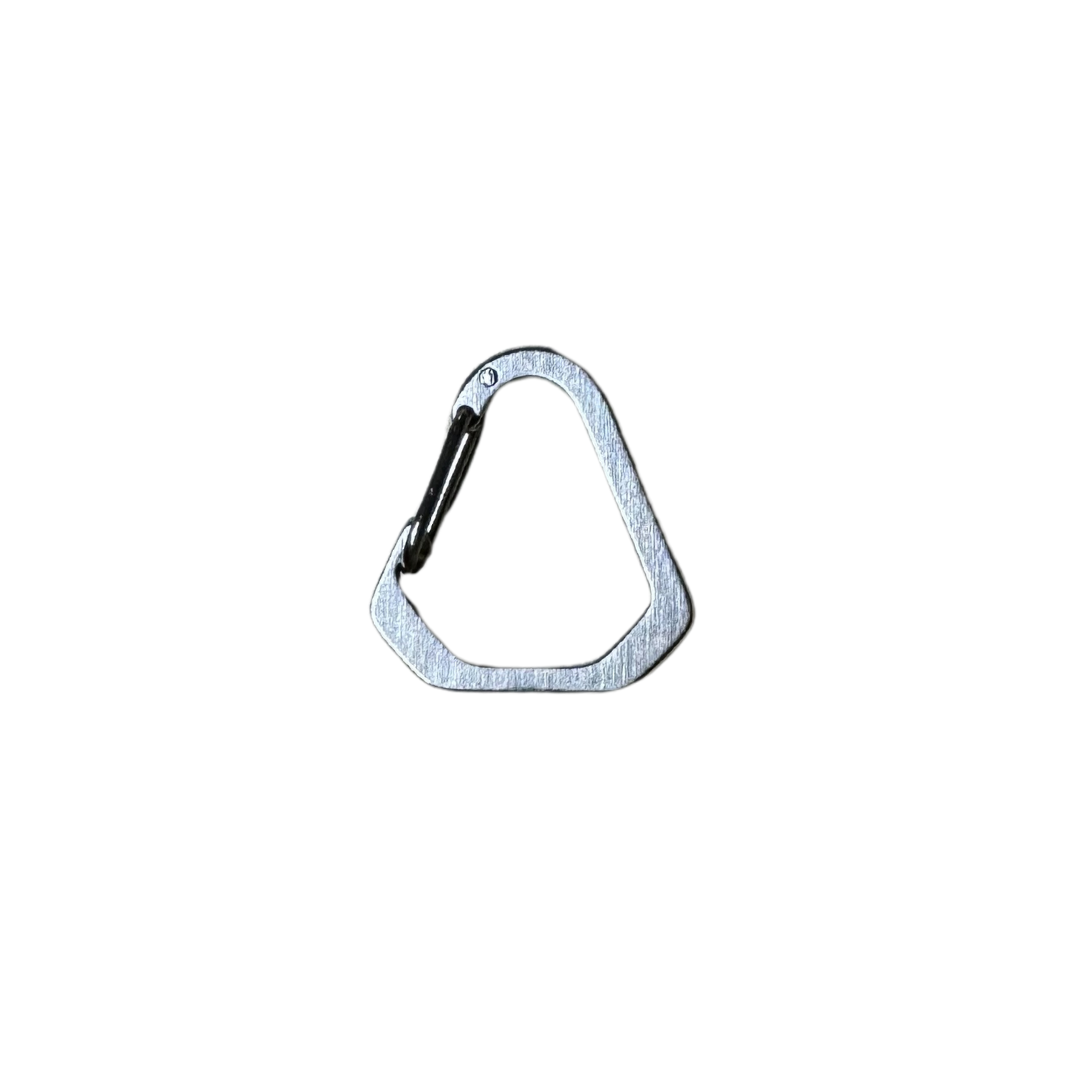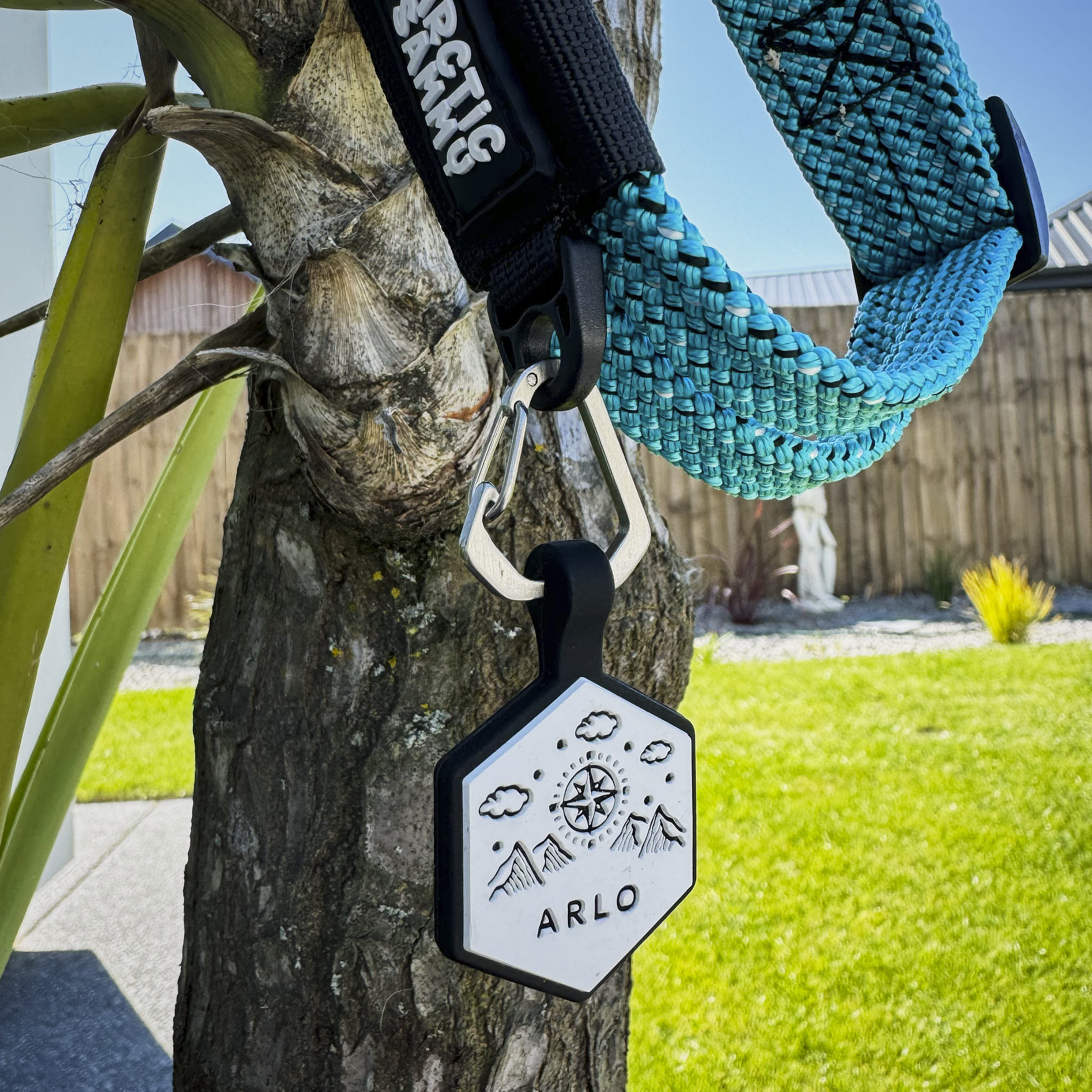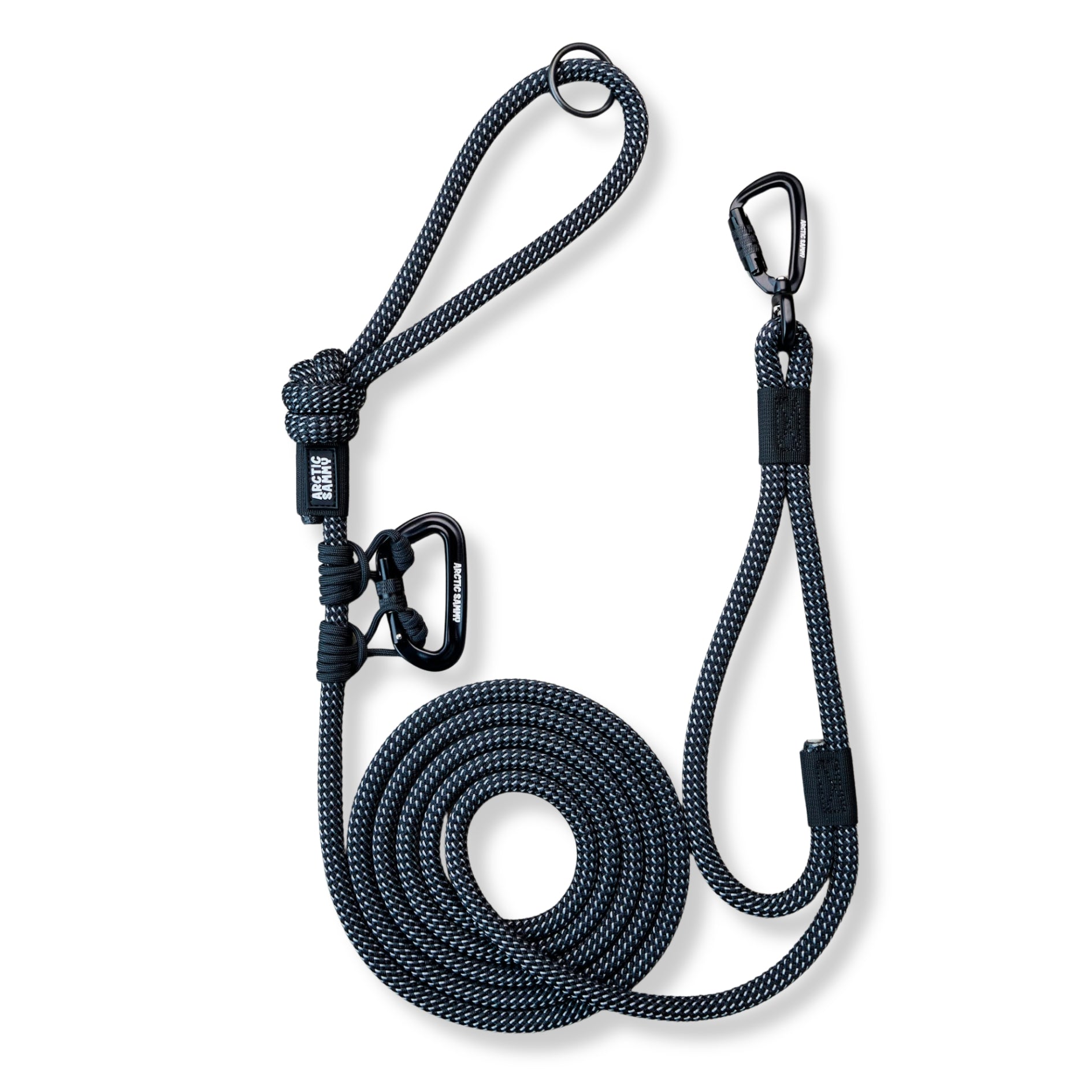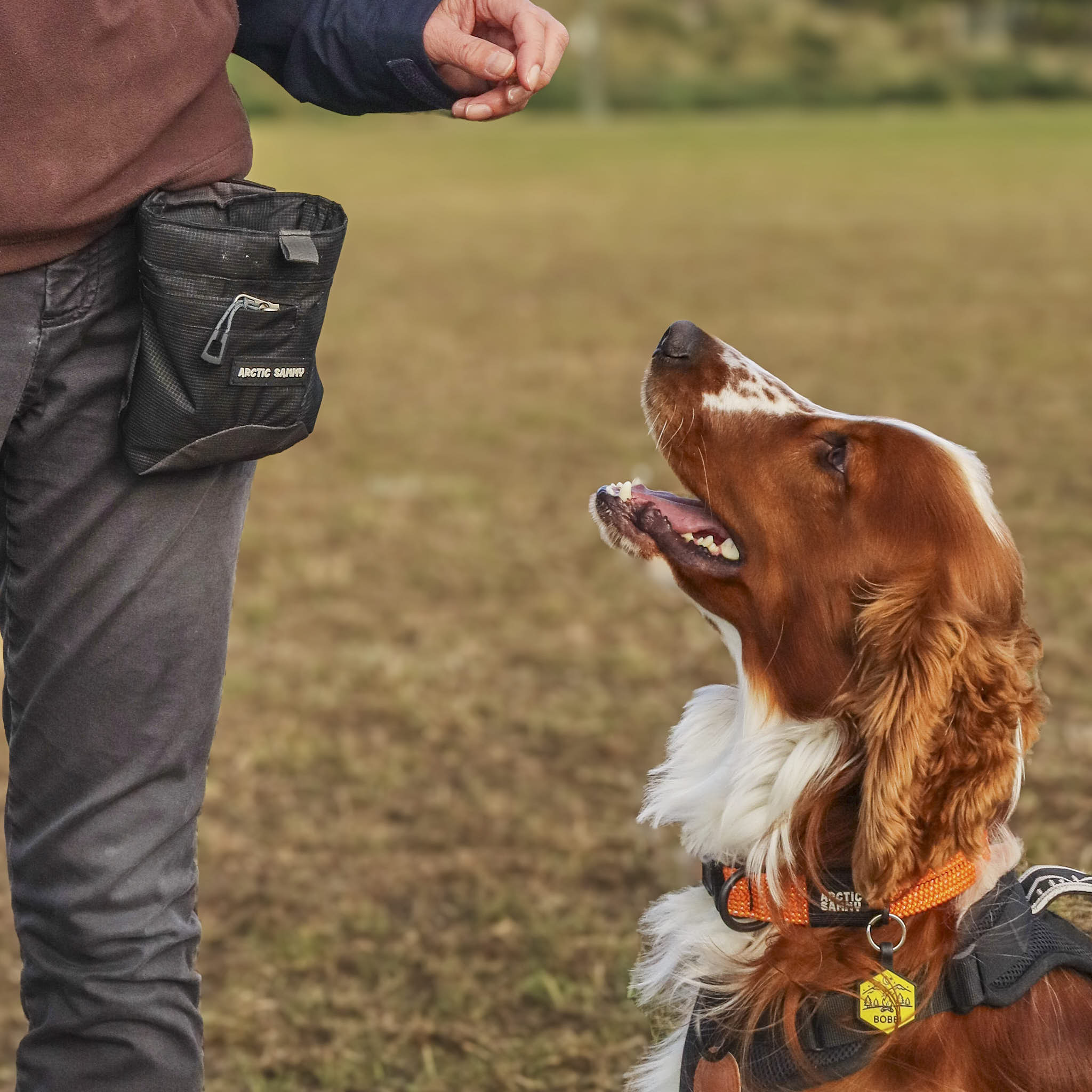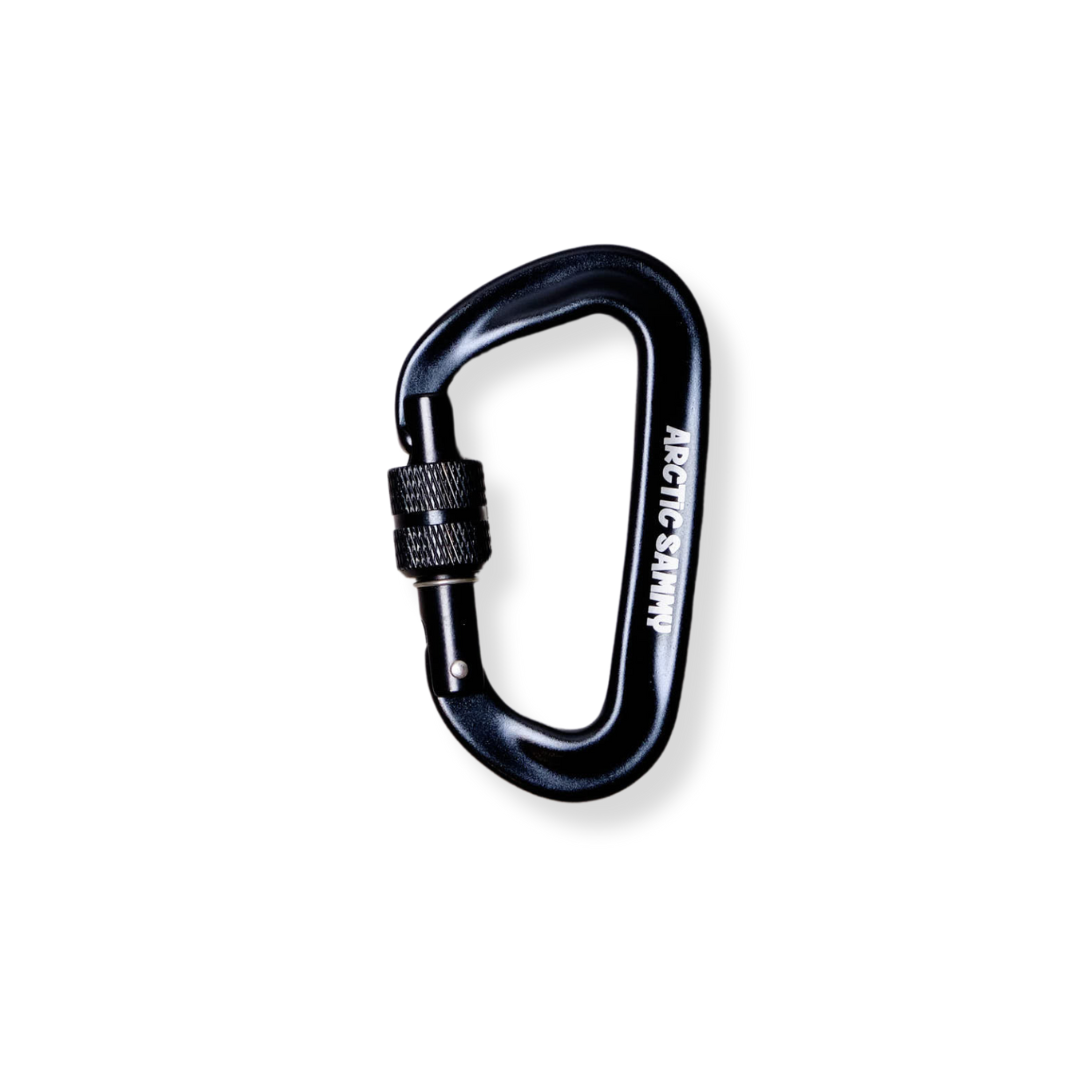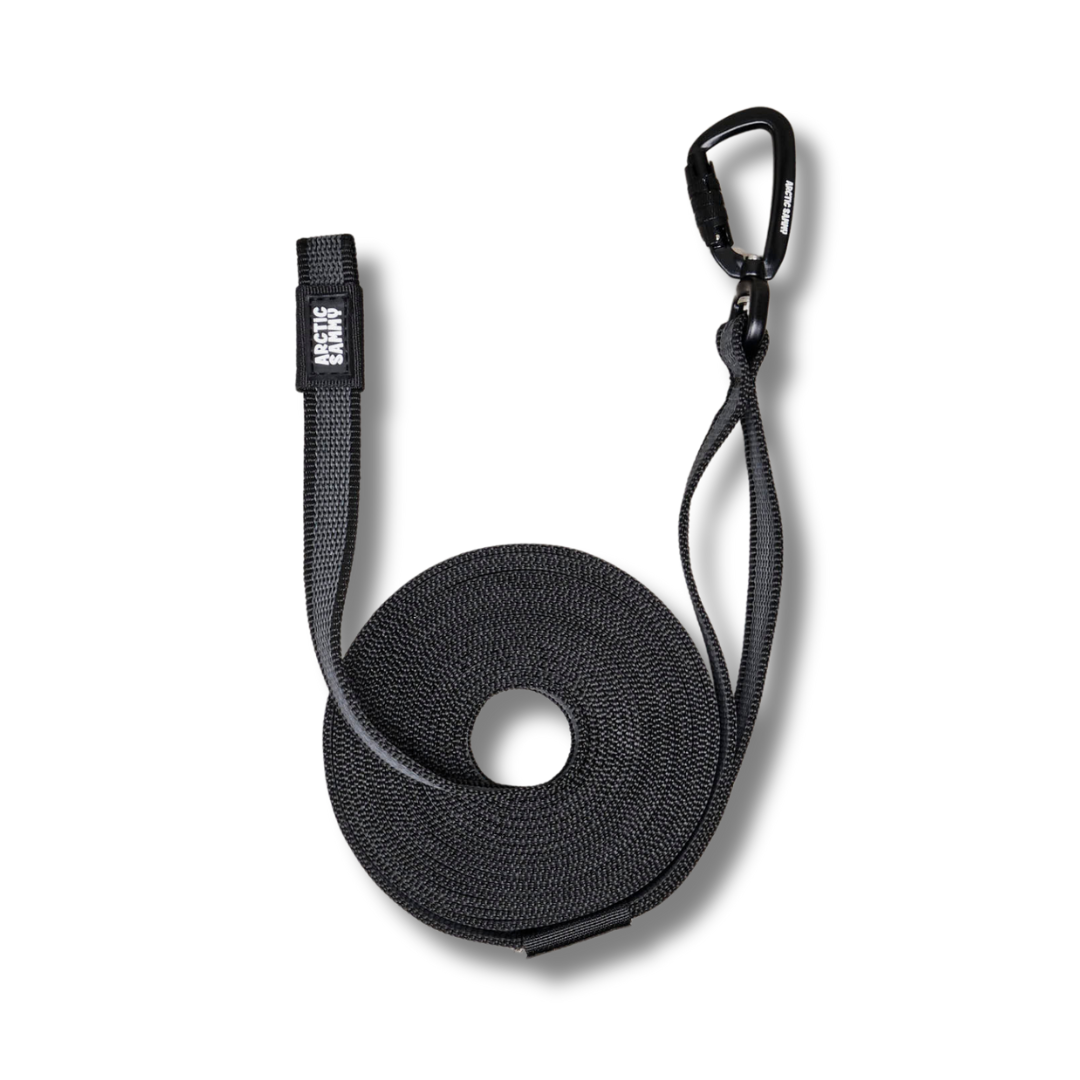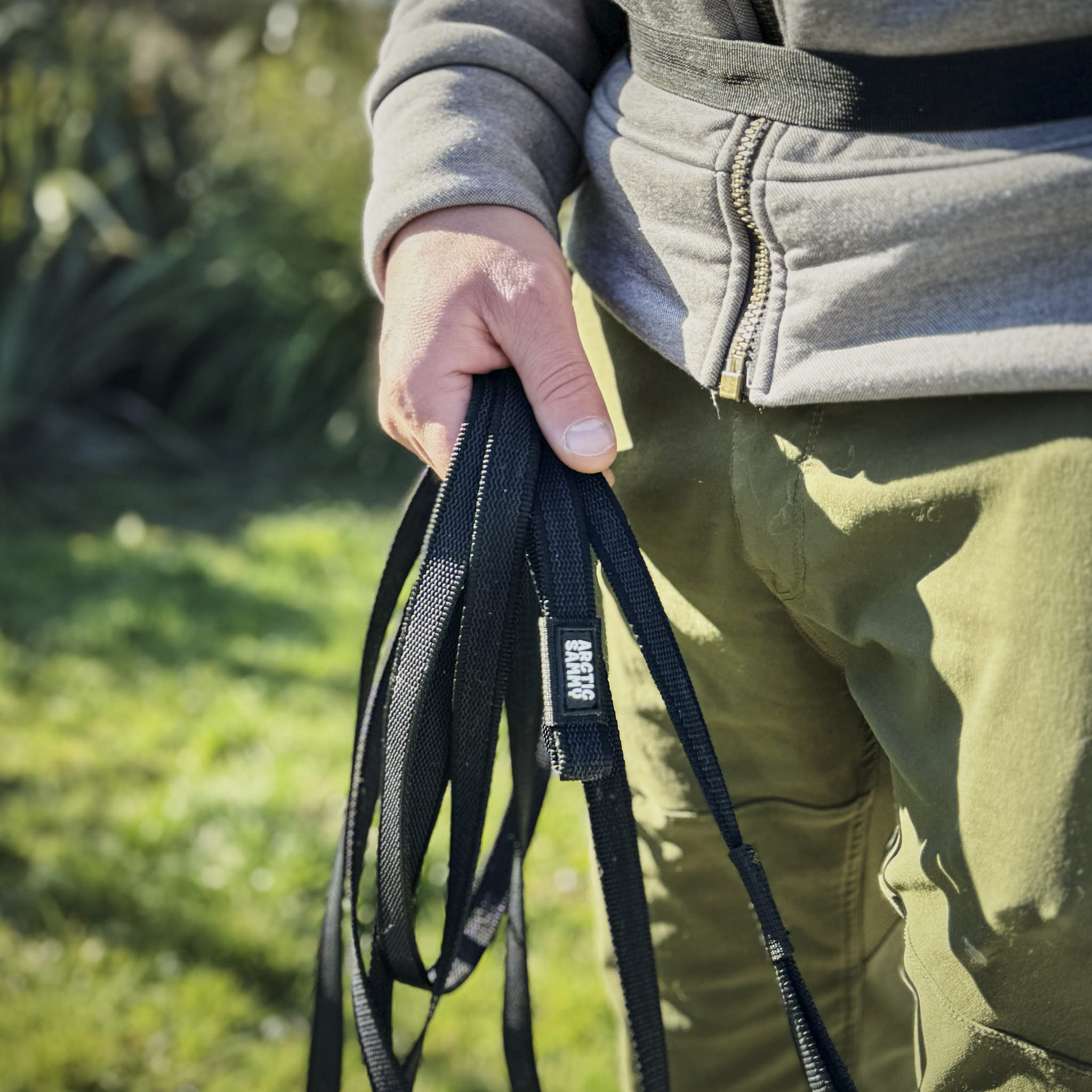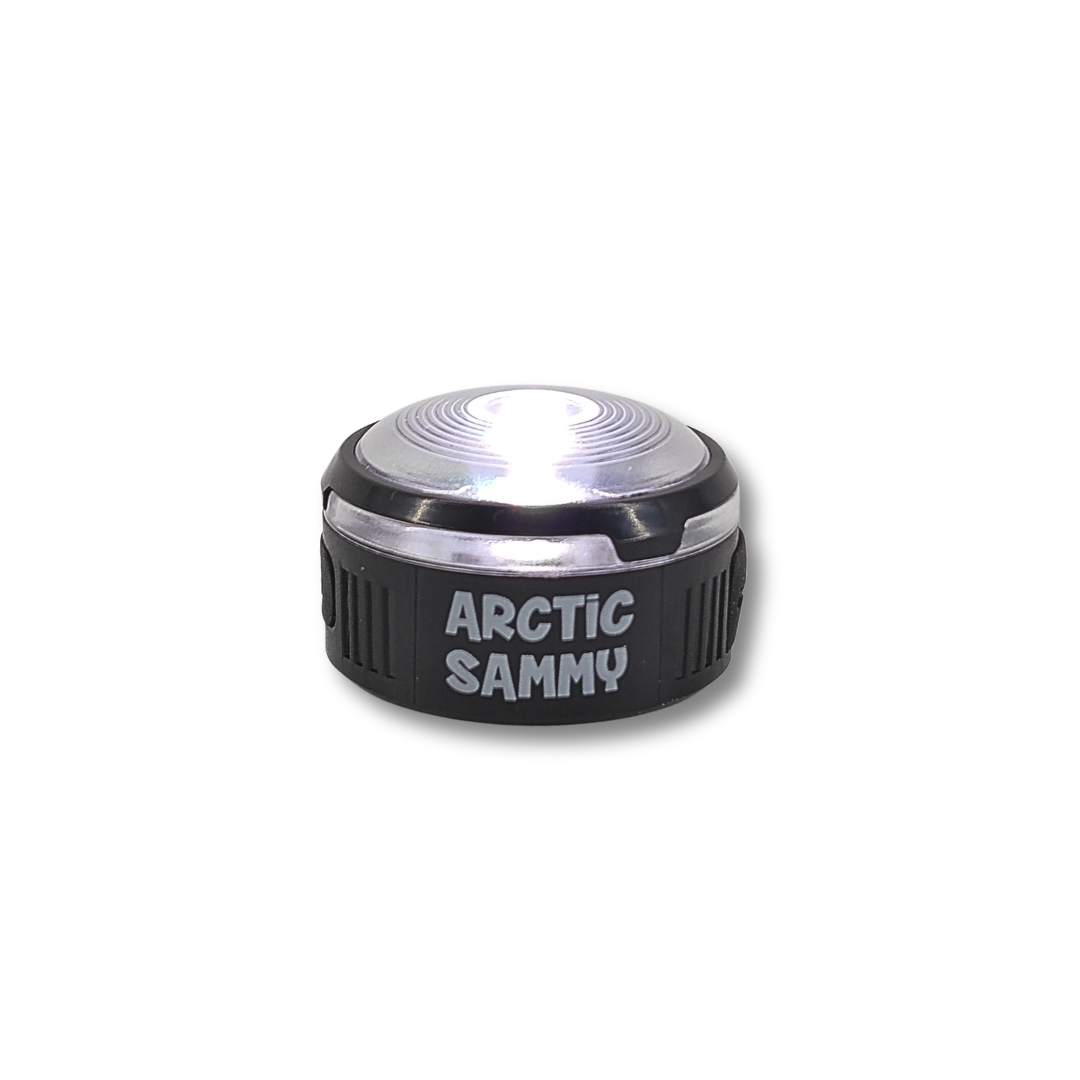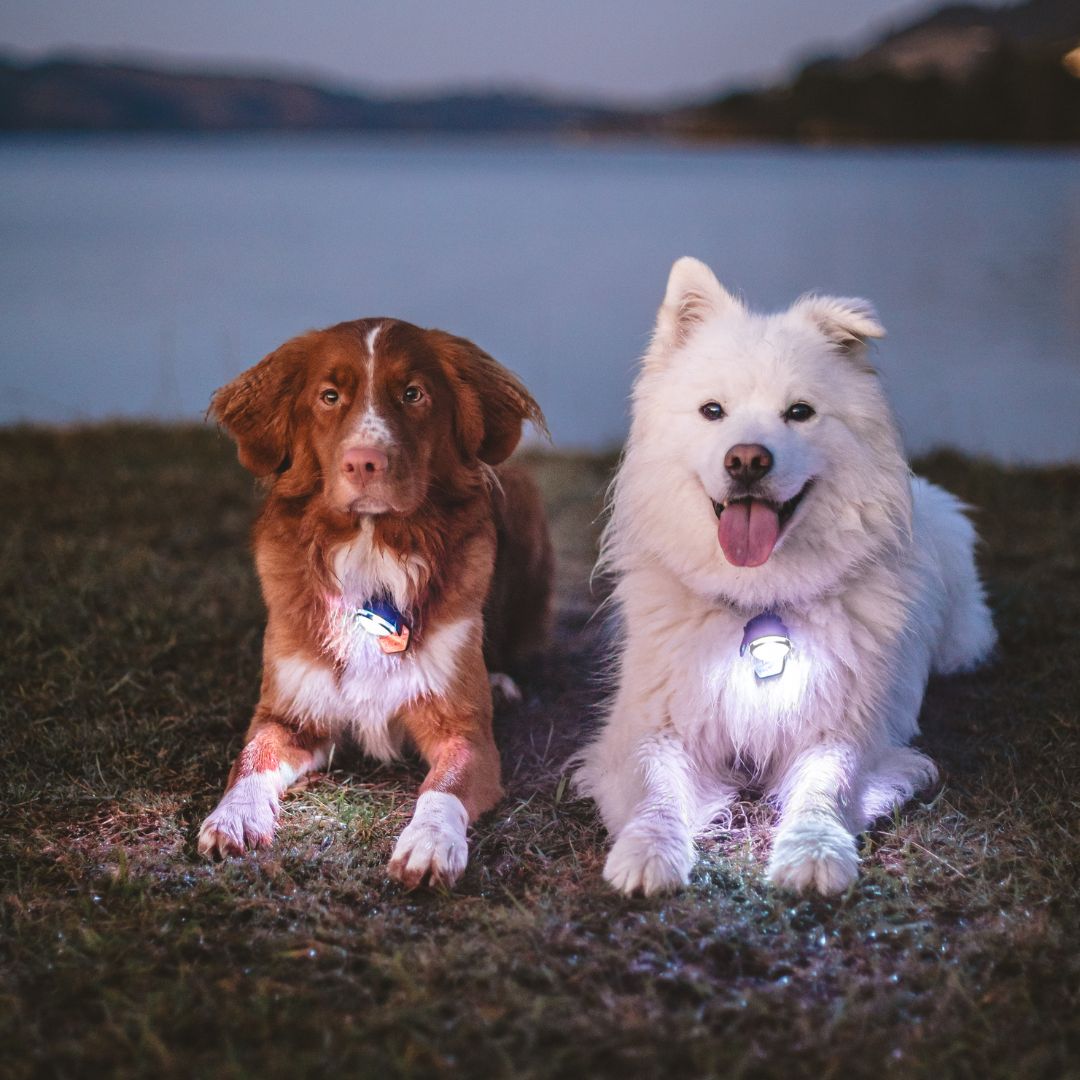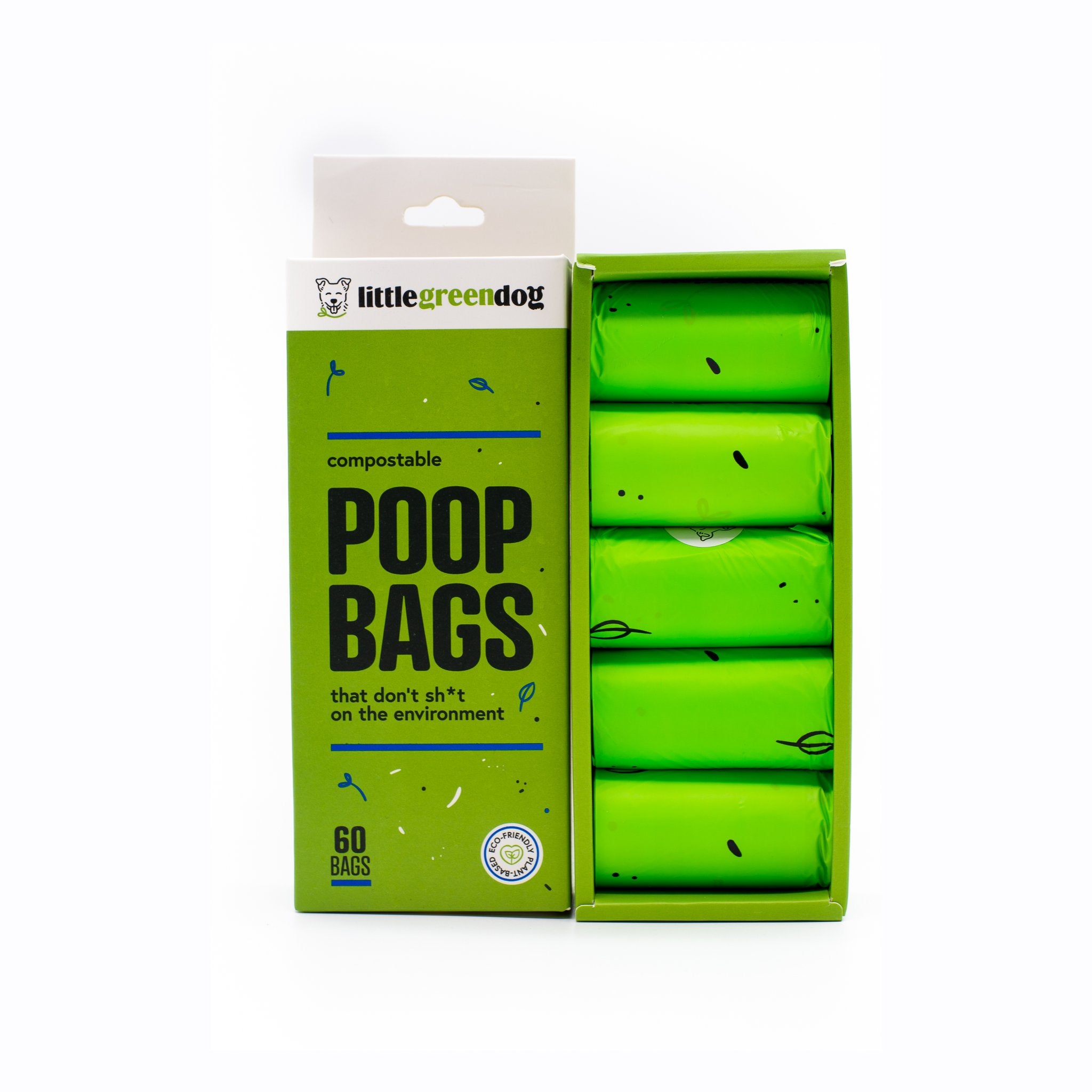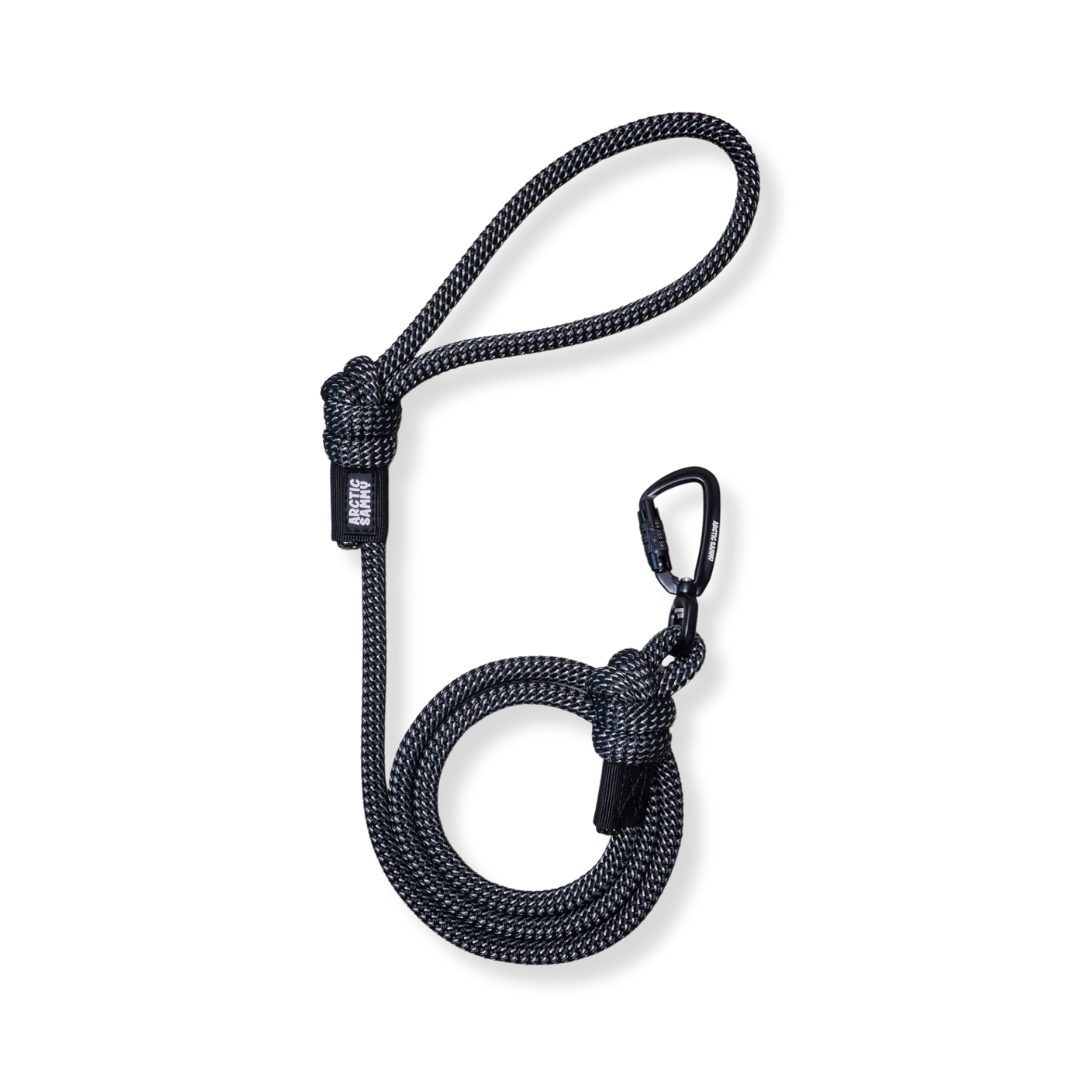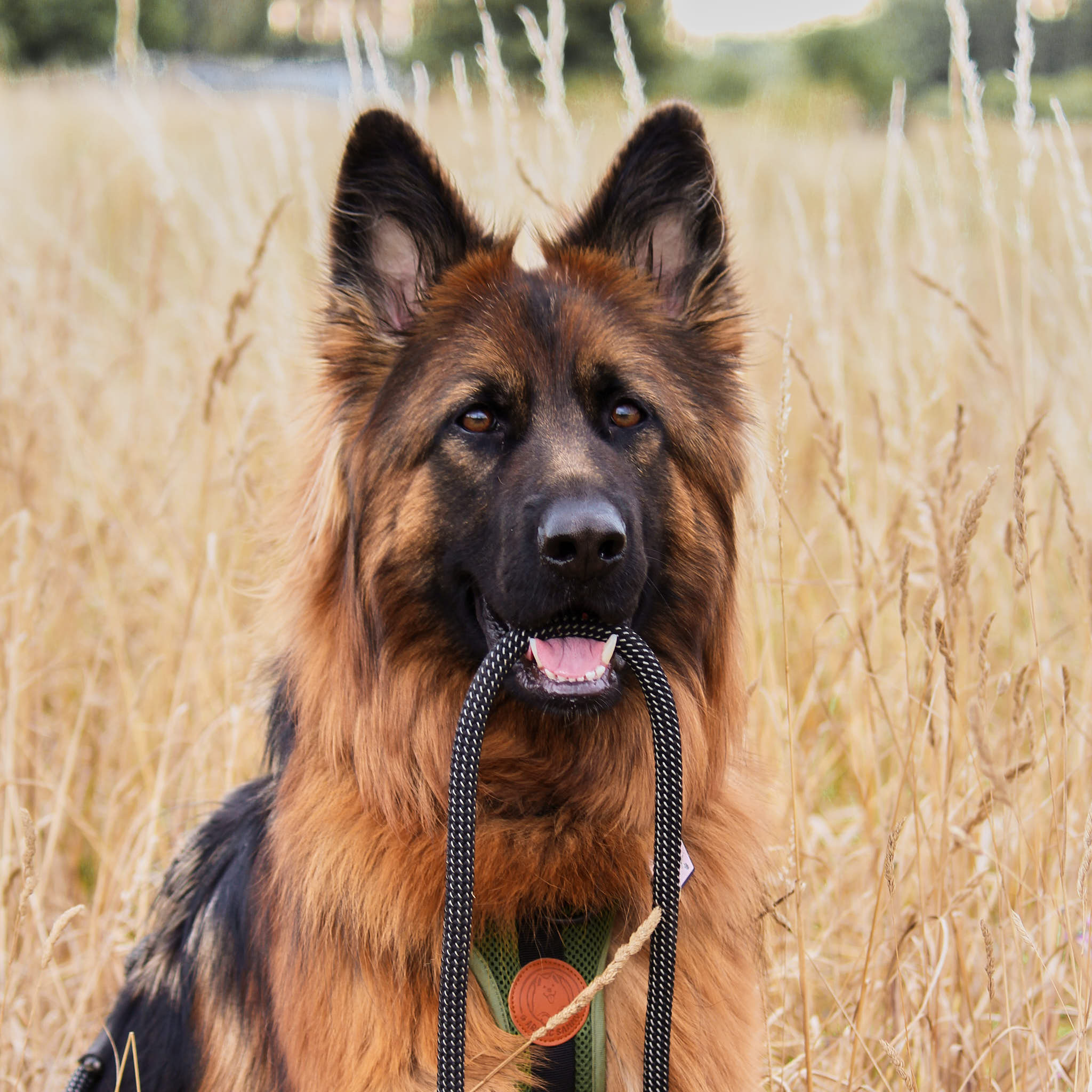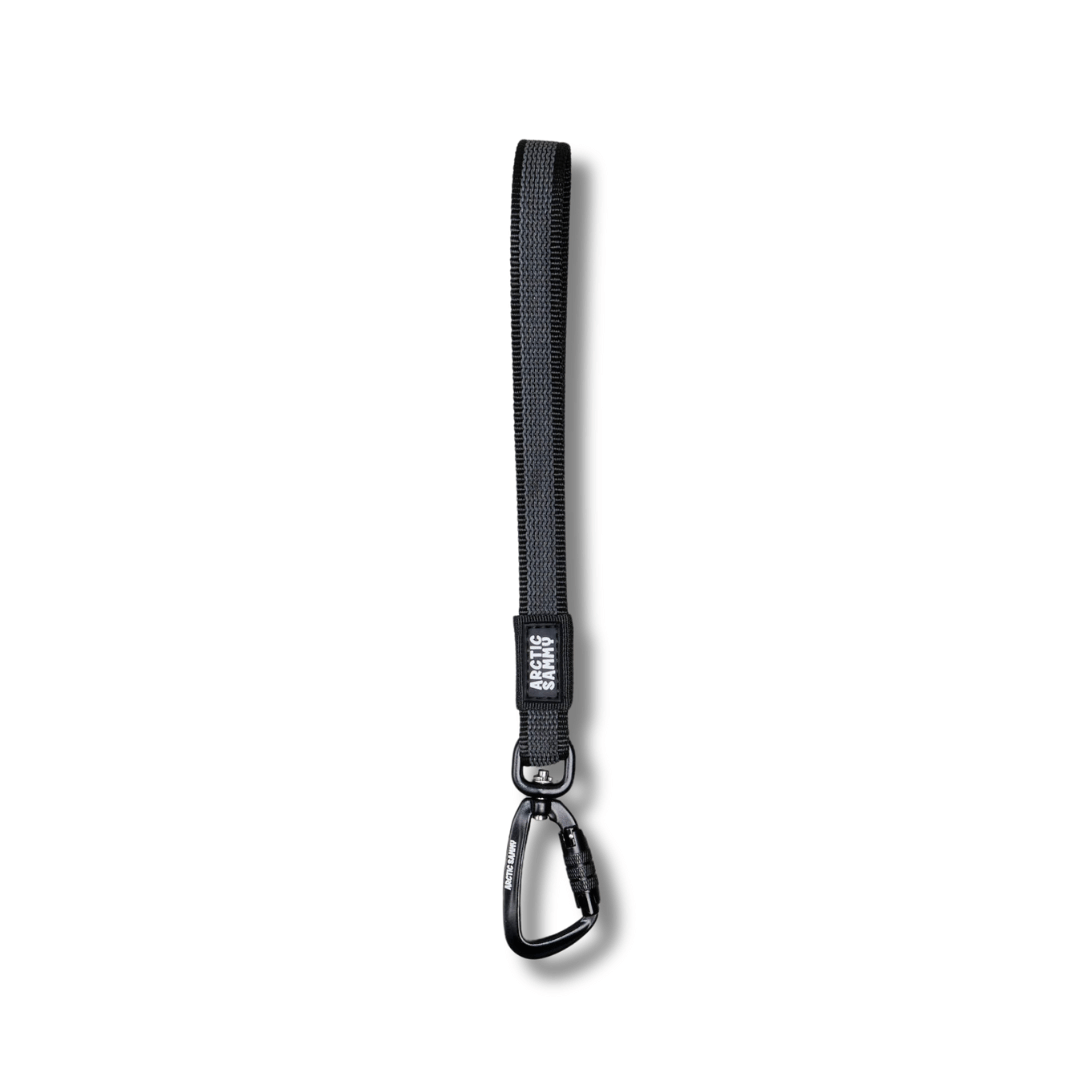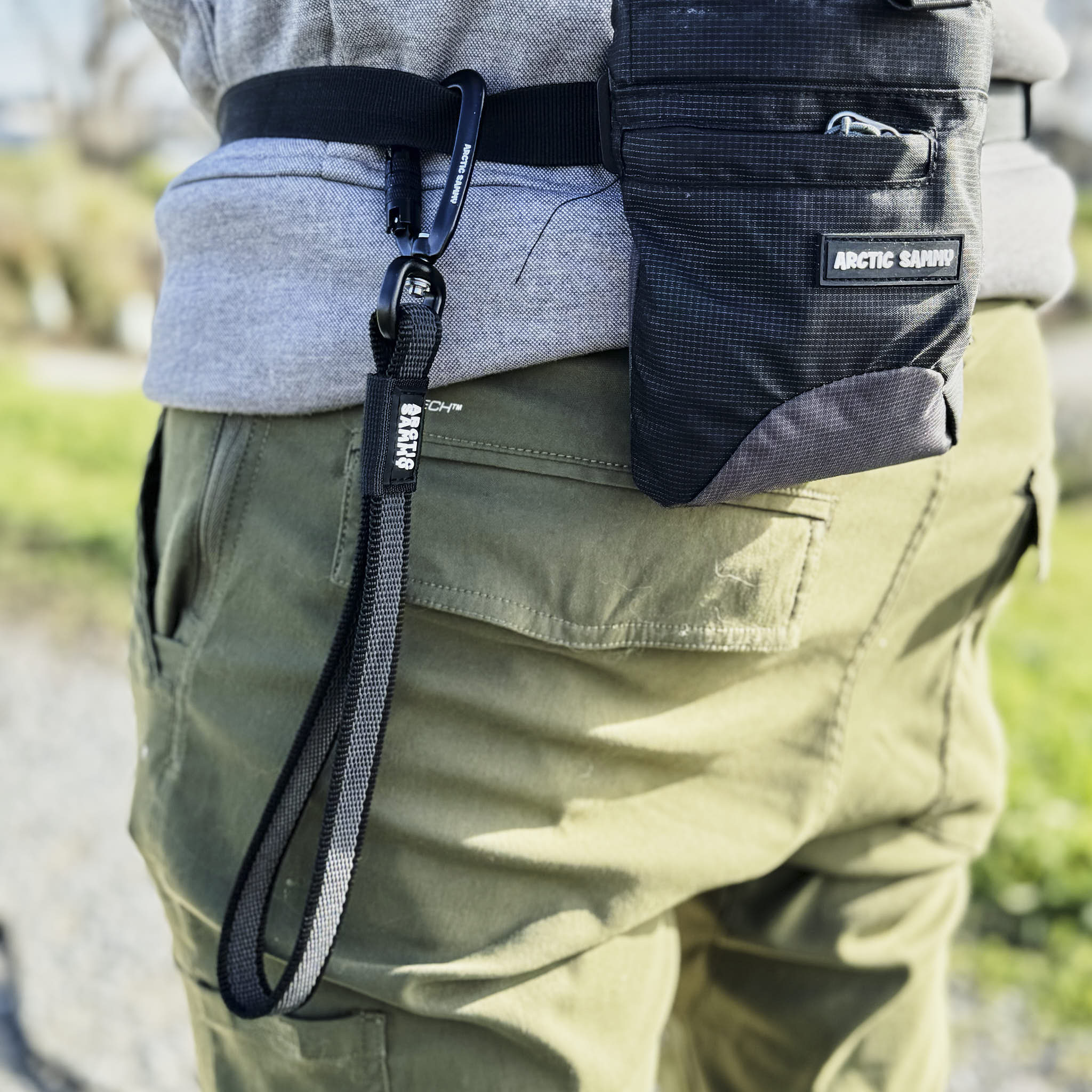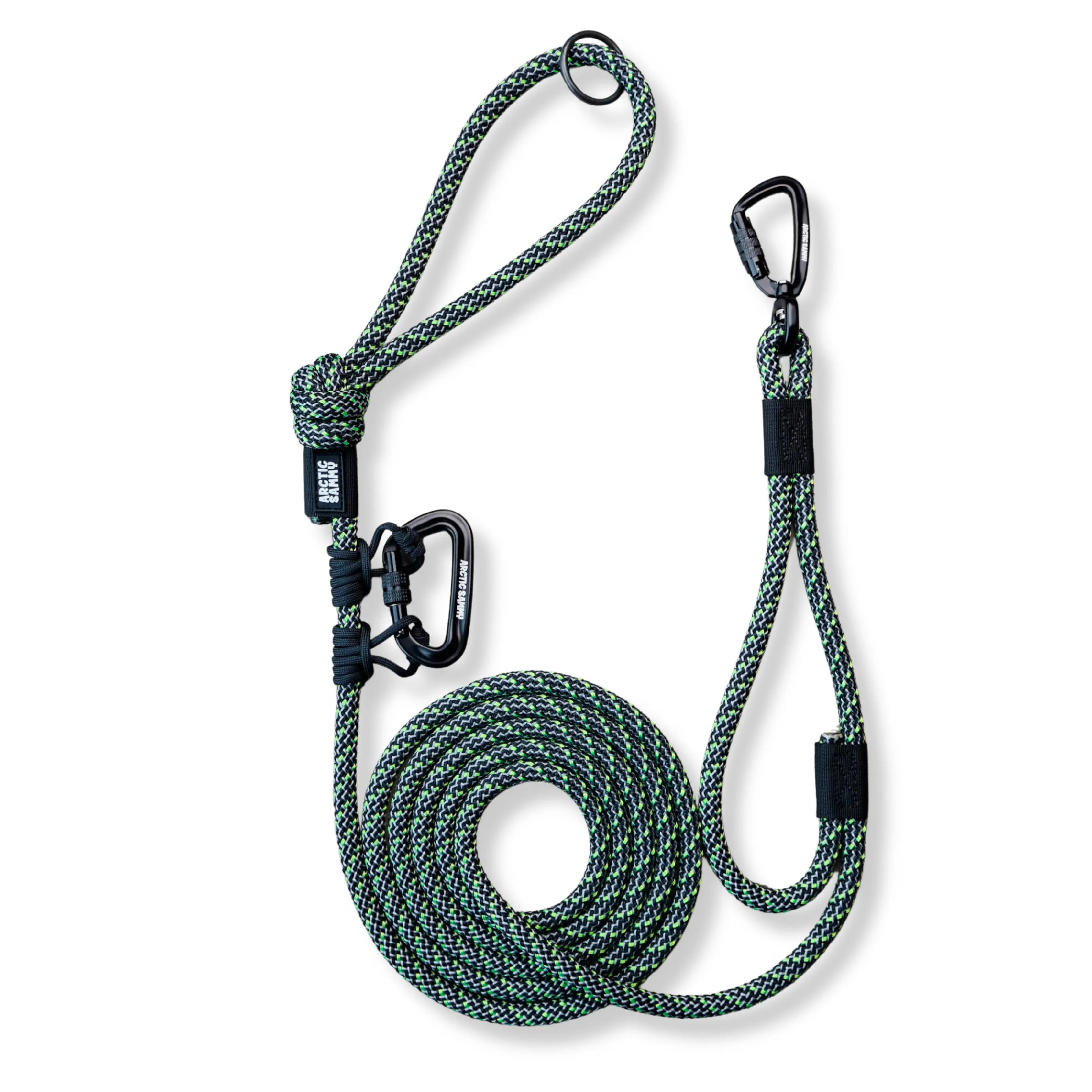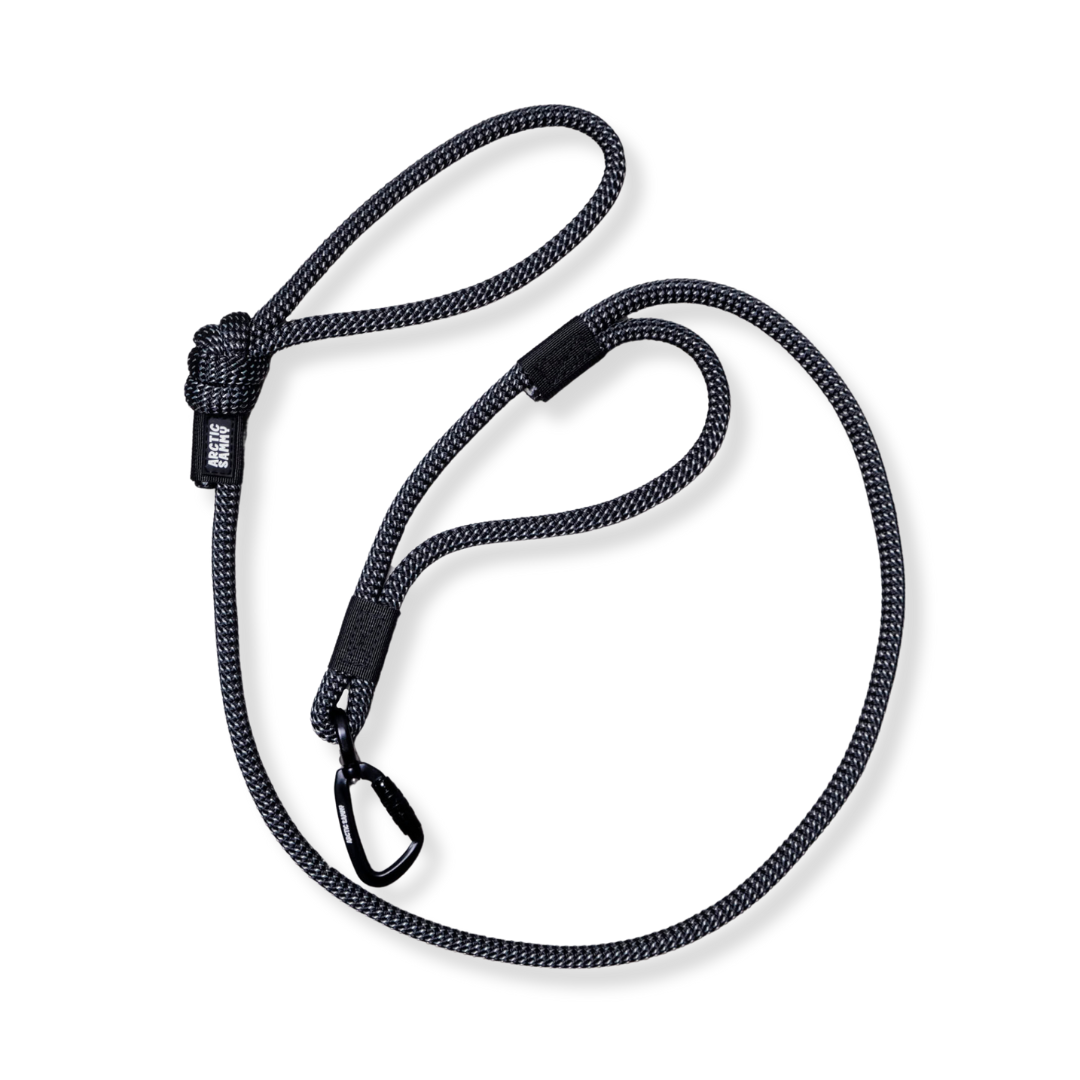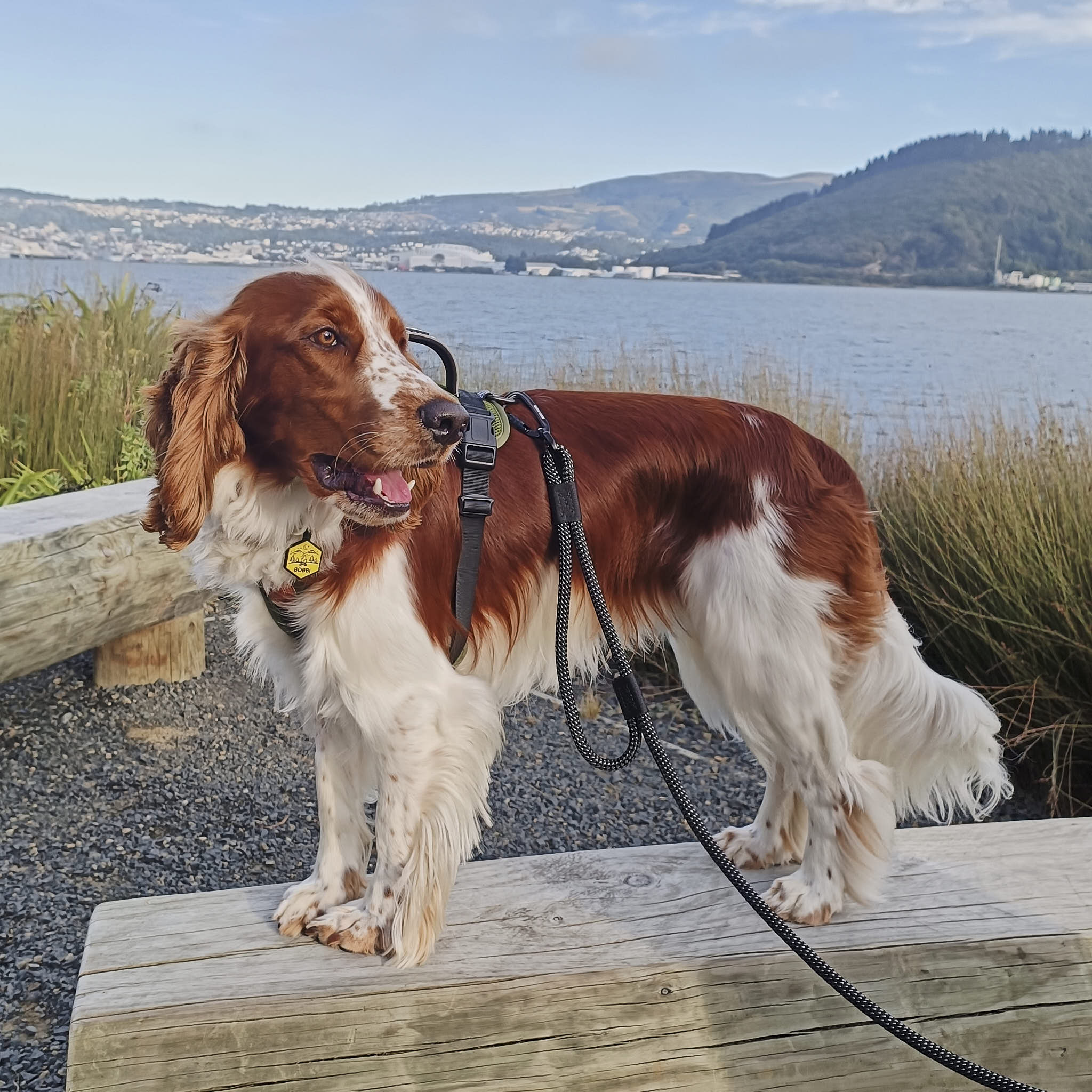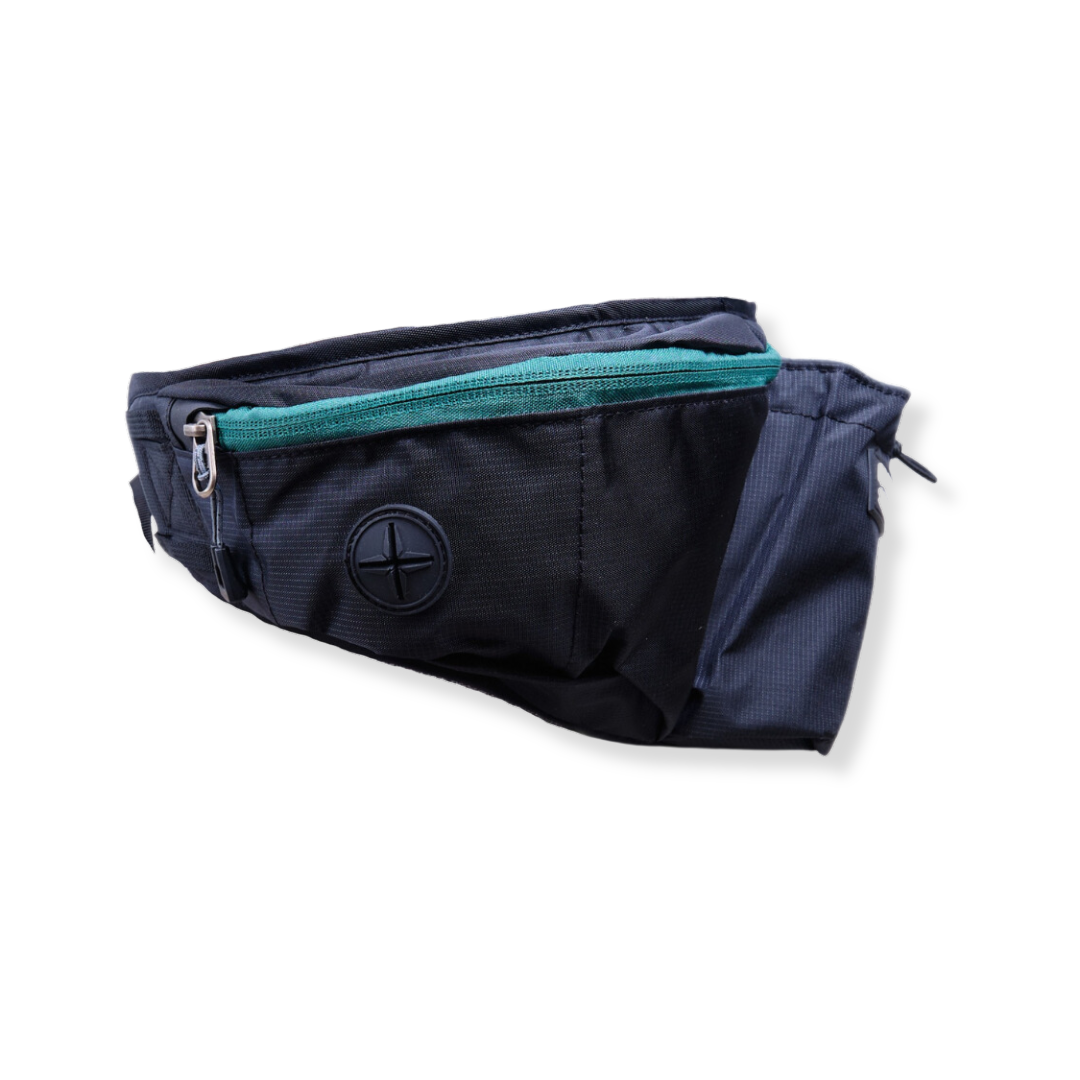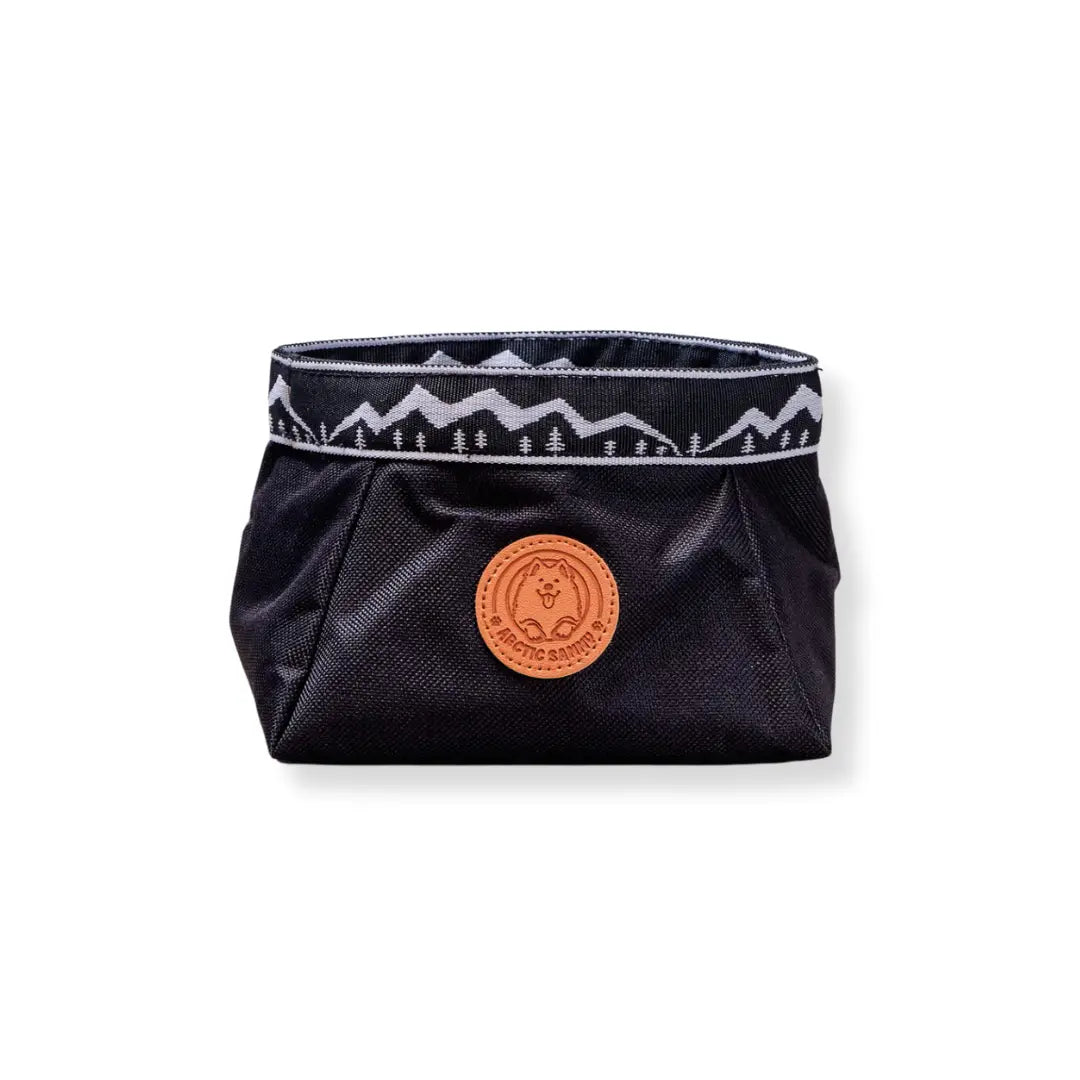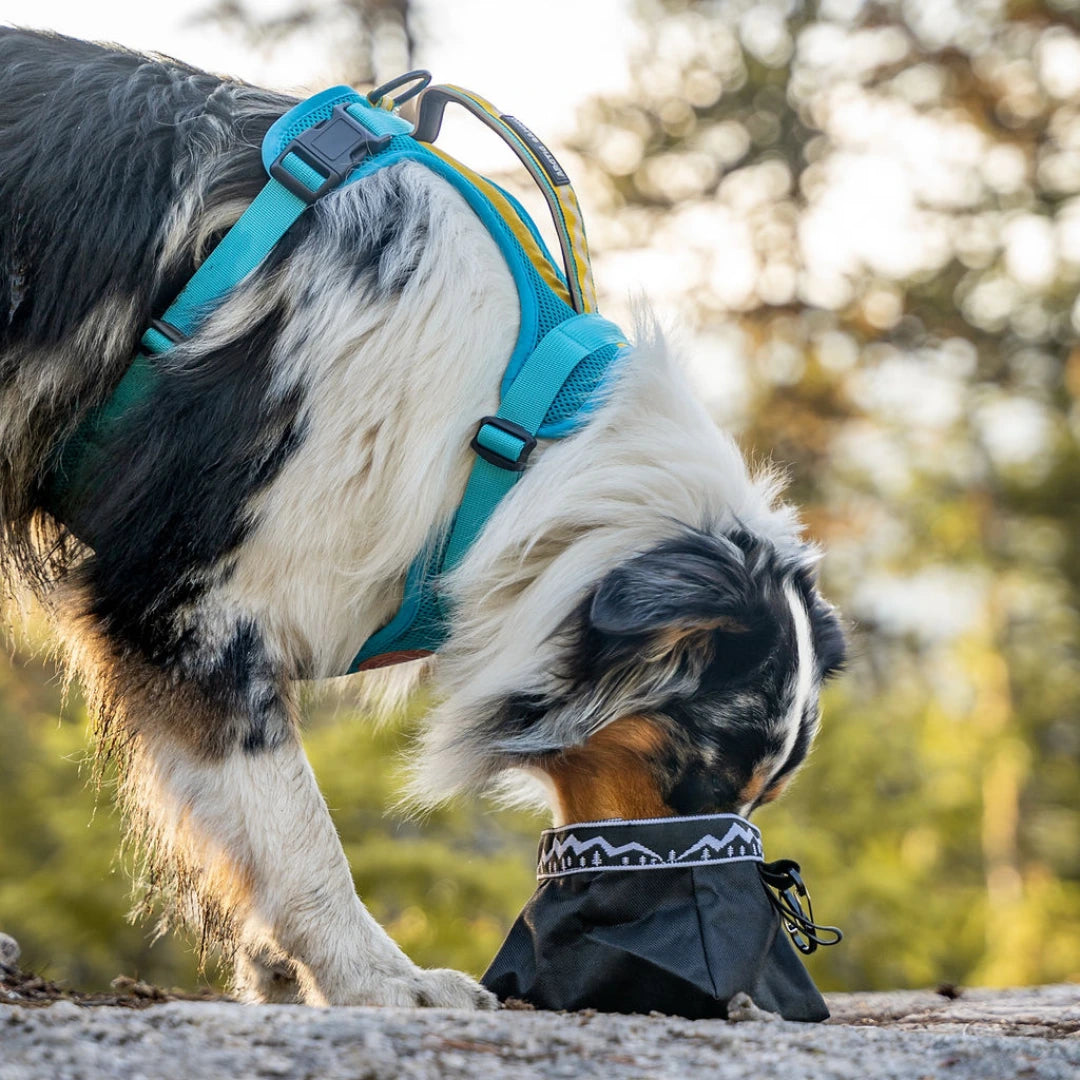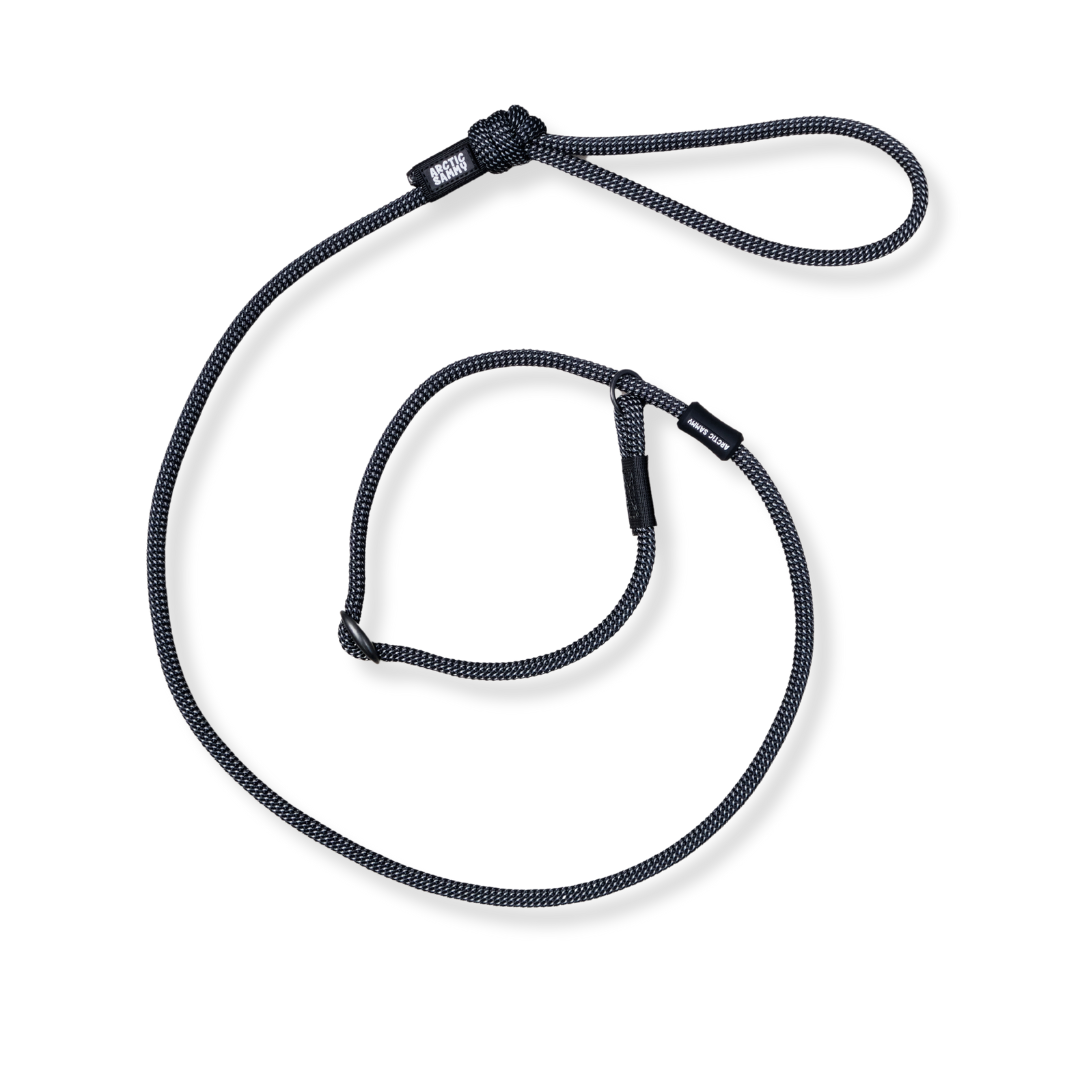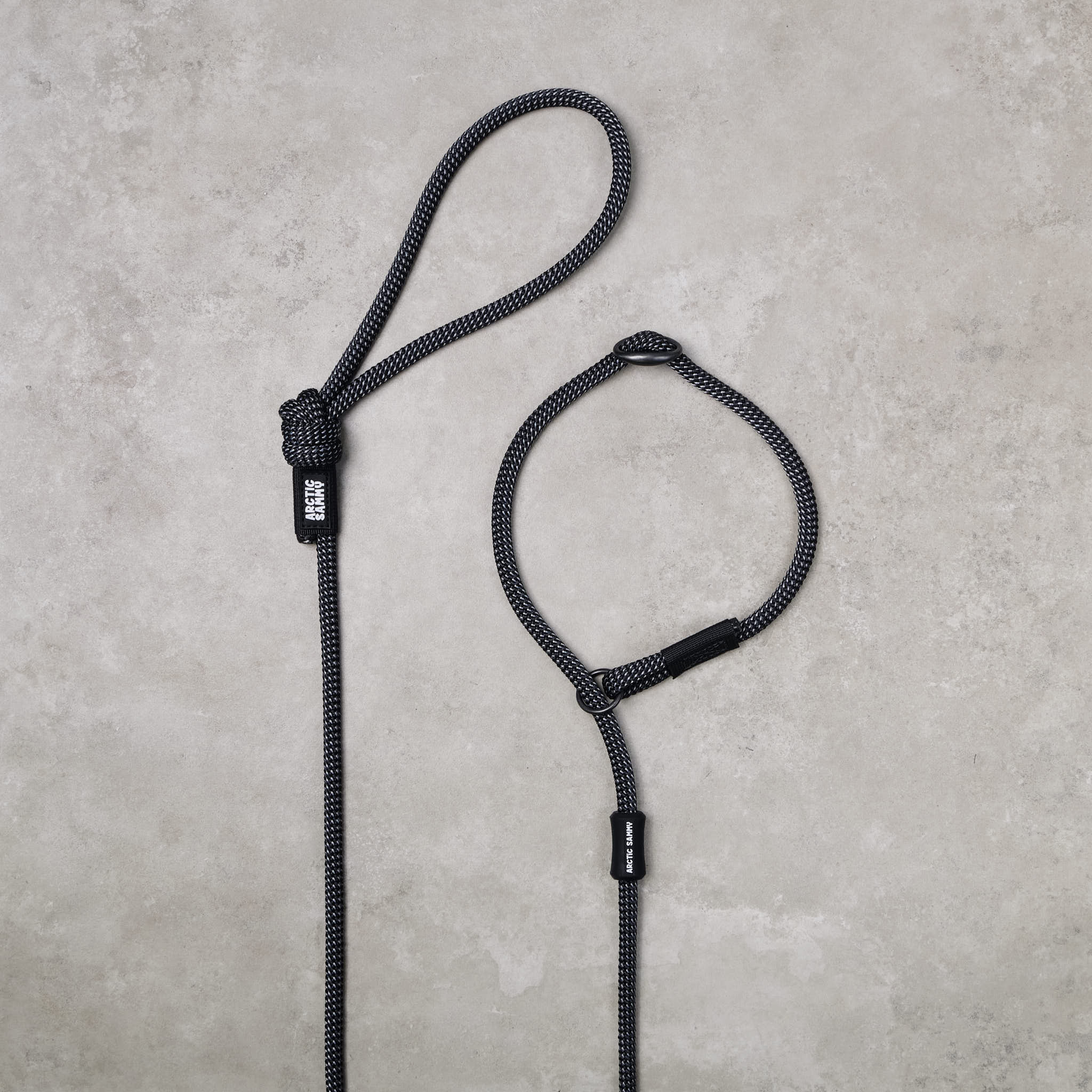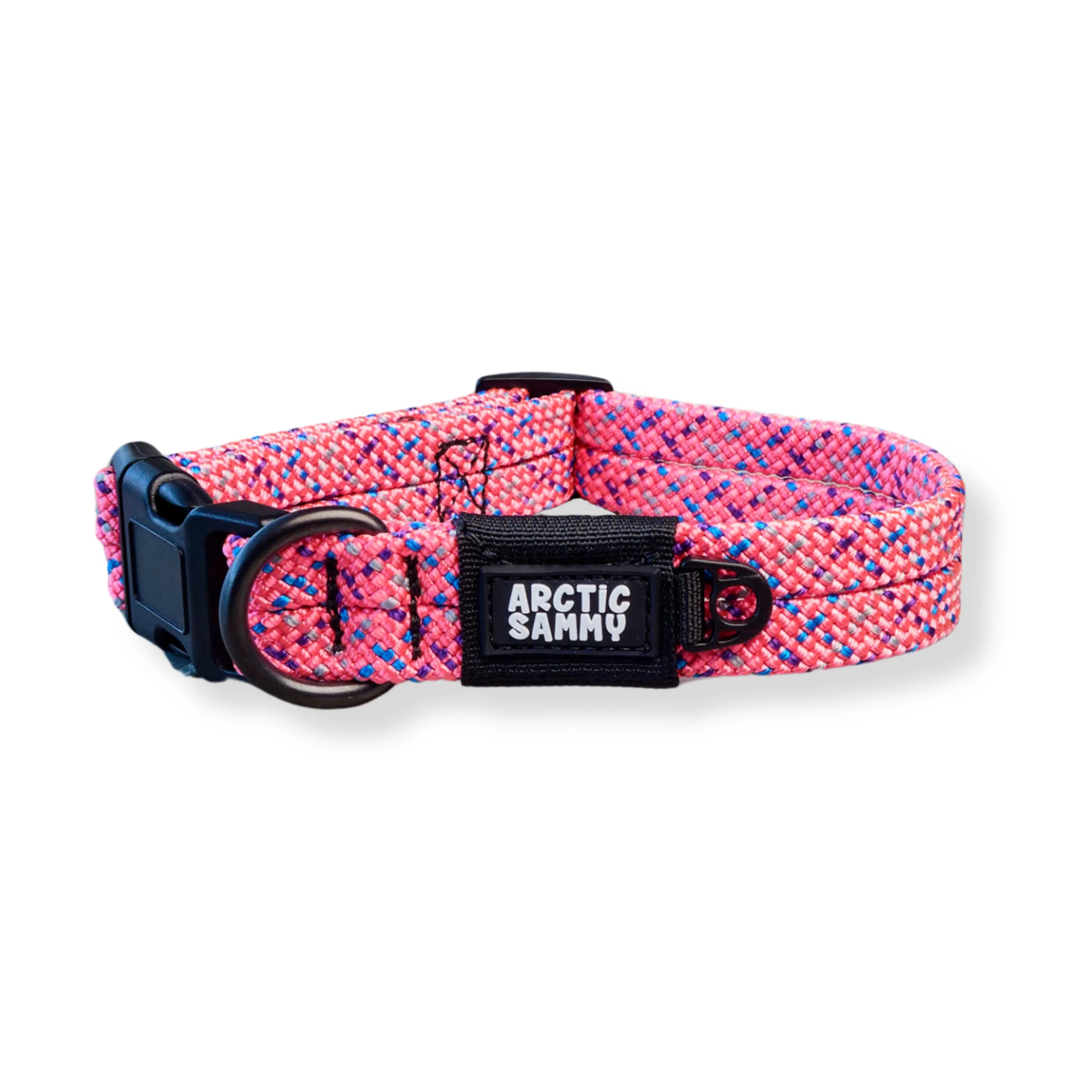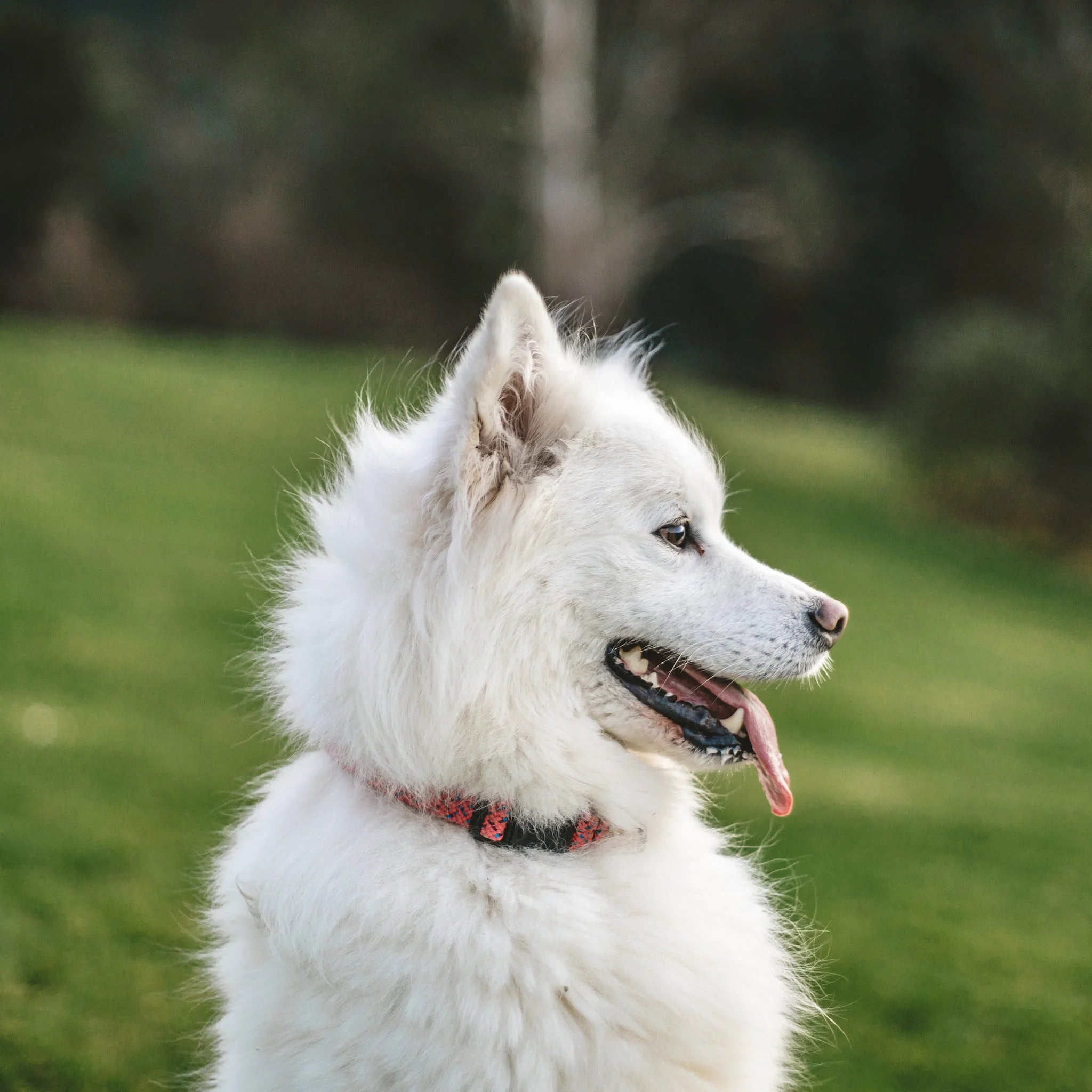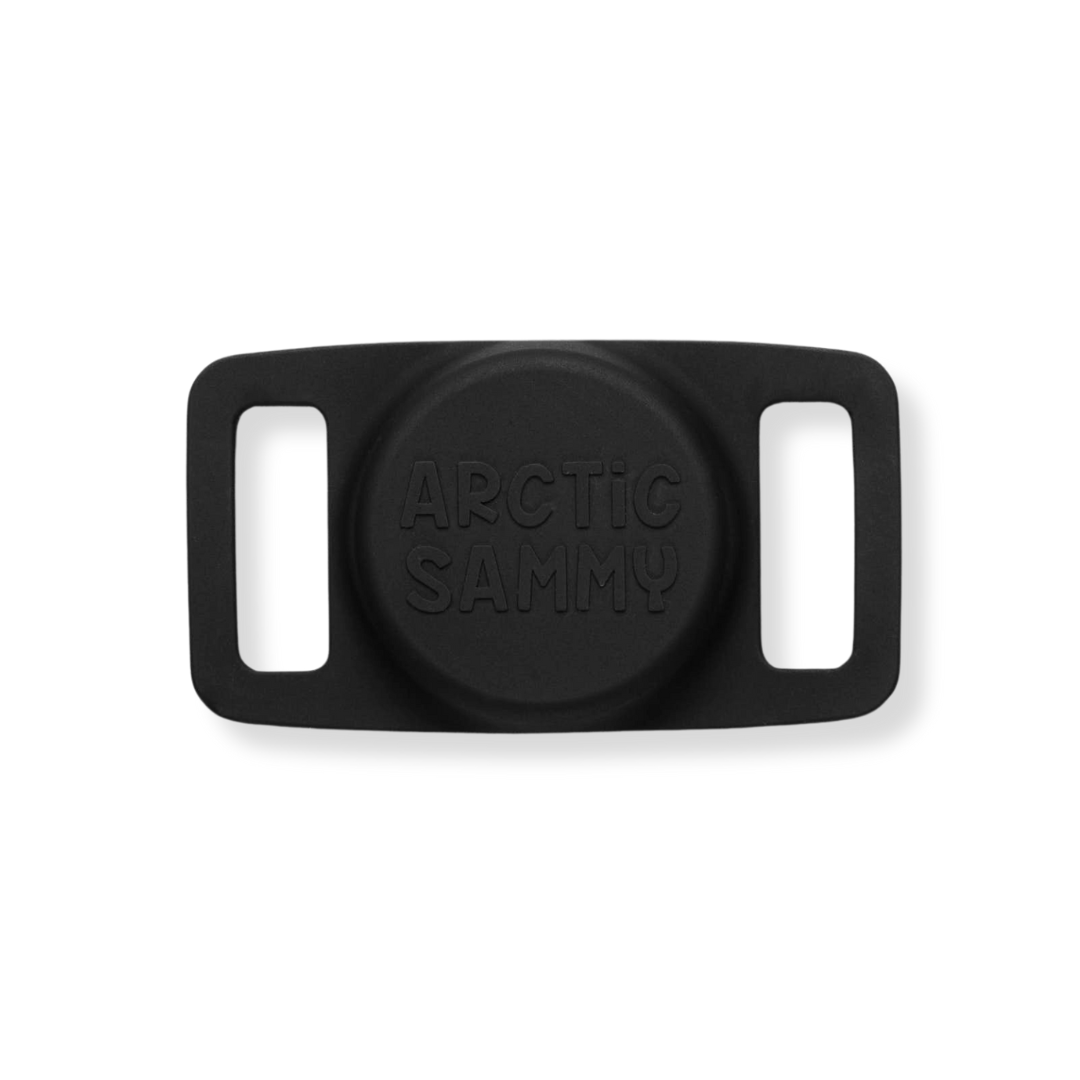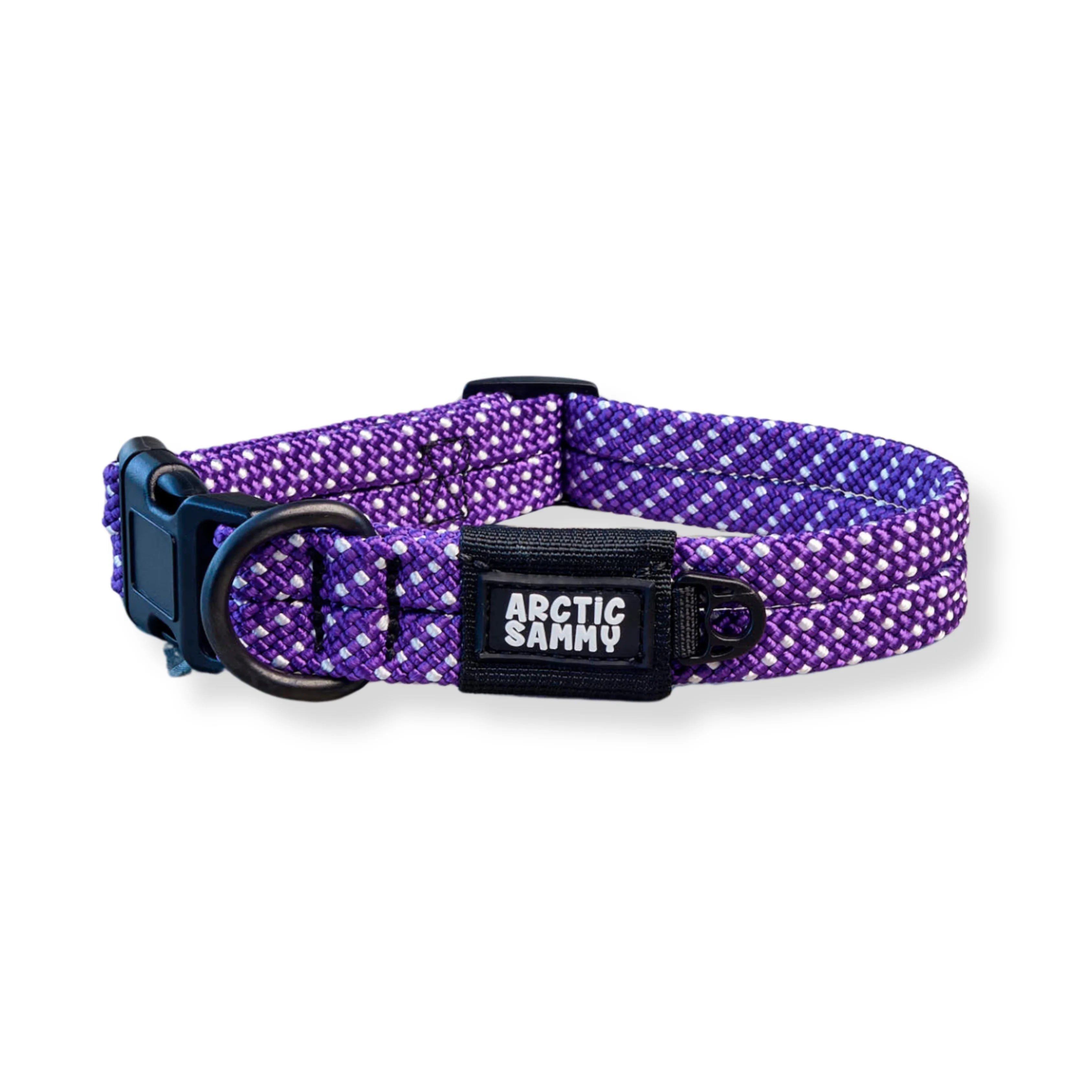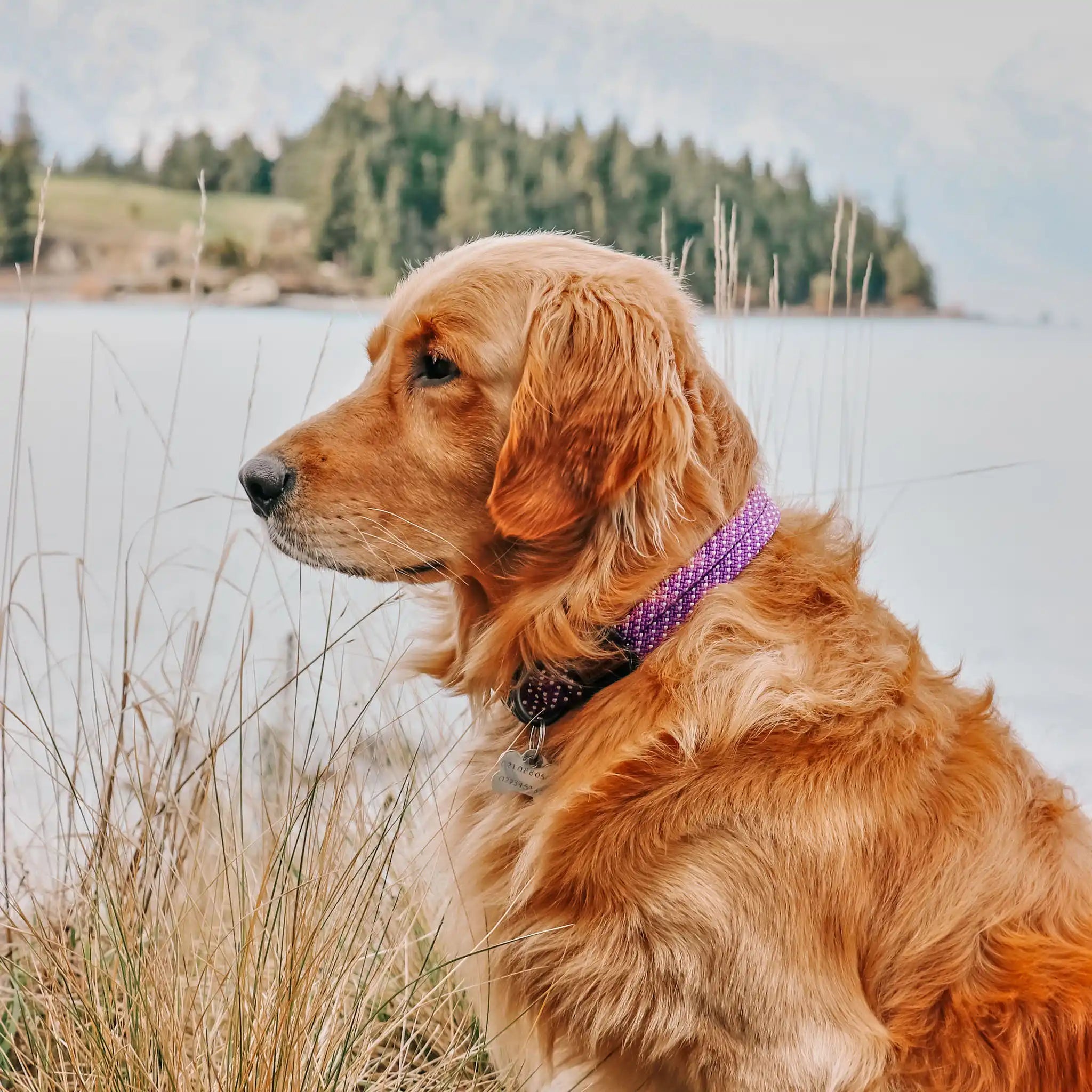There’s nothing quite like a peaceful walk with your dog. The sun’s shining, the breeze is gentle, and your best mate is trotting calmly beside you. But if your daily walks look more like a sled dog trial — arms yanked, shoulders strained, frustration rising — you’re not alone.
Loose leash walking is one of the most requested training goals we hear about. And it makes sense — a dog that walks nicely on leash is safer, more enjoyable to be around, and easier to take anywhere. But getting there? That’s where most people get stuck.
Here’s how to start thinking like a dog, and turn your tug-of-war into a team stroll.
Why dogs pull in the first place
Dogs don’t naturally understand how to walk on a leash. In fact, everything about it goes against their instincts. They walk faster than us, they explore with their noses, and they love to move freely. Being clipped to a slow-moving human is… weird. And usually boring compared to all other stimulating and fun things around them when you are out and about! Add in distractions (birds! dogs! new smells! more dogs!) and it’s no surprise they want to charge ahead.
So the first step is to realise your dog isn’t being “naughty” — they just haven’t learned what you do want yet. That’s where training comes in.

Loose leash walking vs. “heel”
These two often get confused, but they’re not the same.
• Loose leash walking means your dog isn’t pulling and walks in close proximtiy to you. They might walk slightly ahead, beside you, or even stop to sniff — but the leash stays slack.
• Heel is a stricter position where your dog walks closely at your side, often used for formal training or busy situations. It is a step up from loose leash walking and requires the dog and handler to master loose leash walking first.
For most people, loose leash walking is the goal — and the good news is, it’s absolutely achievable. Whether you have a young puppy or an 8 year old dog - you are a team and you can do it.
What you’ll need
• A regular leash (around 1.5m) or a long line for more freedom during training sessions
• A collar that fits well and your dog is comfortable wearing
• Plenty of tasty treats
• Patience and around 15 minutes of time per day for a couple of weeks

Step 1: Positioning
Decide which side you’d like your dog to walk on — left or right. There’s no right or wrong choice here; it’s completely personal. That said, many people choose to walk their dog on the left. In the following step by step instructions, we will have the dog on our left hand side.
Step 2: Practise leash handling skills
Without your dog, practise holding the leash in your right hand while imagining your dog walking on your left side — in the space you’d like them to stay in during walks. Use your left hand to hold a piece of food out in front of where your dog’s nose would be. This is called luring, and it’s a powerful way to guide and teach your dog where you want them to be.
Step 3: Practise the foundations
Grab your dog and put the collar and leash on him. Practise step 3 inside your home first with no distractions then gradually take the exercise out into your garden and driveway. Make sure your dog is comfortable taking food from your left hand while standing beside you, both facing the same direction. Start while stationary, then gradually add movement. Some dogs naturally want to turn and face you or walk in front — this exercise helps teach them that good things can come from staying by your side. A treat pouch is super helpful to have as it always carries enough treats and ensures quick access.
Pro tip: Whenever your dog walks beside you or checks in, mark it with a happy “yes!” and give a treat. Reward early and often — especially at the start.
Step 4: Take it outside!
Once you and your dog have mastered this routine at home, you can start practising it outside in a quiet space. When you head out together, don’t treat it like a regular walk or exercise session — think of it as a focused training opportunity. It’s all about building connection and teaching your dog how to walk calmly beside you, not just getting from A to B. Practise this over multiple weeks.
Pro tip: Practice in boring places first. If your dog can’t focus in a low-distraction area, they won’t magically do better in a busy park. You want to build on success — it’s far better to take small, consistent steps forward than to rush and face setbacks. Progress made through positive experiences sets the stage for lasting learning and confidence.
Step 5: Reducing rewards
Once your dog is confidently walking on your left side in more distracting environments — and you’re rewarding often — you can begin to slowly reduce how frequently you reward. This process takes time, so don’t rush it. Over the weeks, you’ll notice a shift: your dog will move from needing to be lured into position, to choosing to stay there because that’s where the reward happens.

When things go wrong
And once your dog understands that, what happens if they move out of position?
The leash will naturally tighten when your dog moves out of position — because you’ve already adjusted your grip so it stays loose while your dog is in the zone you’re happy with. When it tightens, there are 3 things you can do to correct the behaviour:
Option 1: The Pop
You can give a gentle pop on the leash as a reminder to return to position, then promptly reward if he is back in position. This isn’t a punishment and won’t hurt your dog — it’s a quick, clear cue that helps reinforce the behaviour you’re teaching and is always followed by a reward.
Option 2: Become a tree
Alternatively, instead of a leash pop, you can simply stop walking. If your dog notices and returns to position — brilliant, reward them. If not, gently lure them back with a treat the same you did when you started this training course.
Option 3: The 180
Another useful method is to do a quick 180-degree turn to your right. This shift in direction grabs your dog’s attention and encourages them to refocus and return to your side. Once he returns into positon, reward him!

A few useful tips at the end
Dogs are masters at observing our behaviour and picking up on patterns. Once they notice a routine forming, they might start anticipating — or even trying to switch things up on their own. While it’s a sign of how clever they are, it’s not always what we want, especially when we’re trying to build consistent habits. What can you do? Be unpredictable! Sometimes you walk fast, sometimes slow. Sometimes you move positions or simply turn and go another way. Take your dog to new places often and switch up your treats to surprise your dog with something extra yummy!
Keep your messaging clear
Dogs understand us best when we communicate clearly and consistently. Choose simple, specific commands for your exercises and stick with them. Avoid using full sentences or baby talk — it can confuse your dog and leave you both frustrated. Clear, calm cues make learning easier for everyone.
Practise engagement!
Play games, practise luring, and keep it fun! Be unpredictable — move around the house or garden, let your dog chase and catch up to your luring hand for a reward. This builds focus and connection in a calm environment. The more you engage with your dog, the stronger your relationship becomes — and that’s the foundation for everything you want to teach and train.
Real talk: Progress isn’t linear
Some days will feel amazing — you’re in sync, leash is loose, your dog is practically floating. Other days will feel like you’re back at square one.
That’s totally normal — training isn’t a straight line. Keep showing up, keep reinforcing the behaviours you do want, and don’t worry about the off days. Just like us, dogs have moods too — they might be tired, distracted, or just not into it. Try again later, and you might be surprised at how much better it goes
What if my dog is really strong (or reactive)?
It’s okay to get extra help. Strong pullers or dogs who react to other dogs, bikes, or people often benefit from working with a trainer. Tools can help too — a double-ended leash, slip leash, or training halter can give you more control, but should always be used alongside clear training.

Make walks fun again!
Loose leash walking isn’t just about control — it’s about connection. It’s your dog choosing to walk with you, not despite you. And that starts with communication, not confrontation.
So ditch the power struggles, grab your treats, and think like a dog. You’ll be surprised how quickly things change when you do.
Happy Training 🐾

